Peter Kell VSL 7.6 to 8.1
Peter Kell VSL 7.6 to 8.1 - Part 1
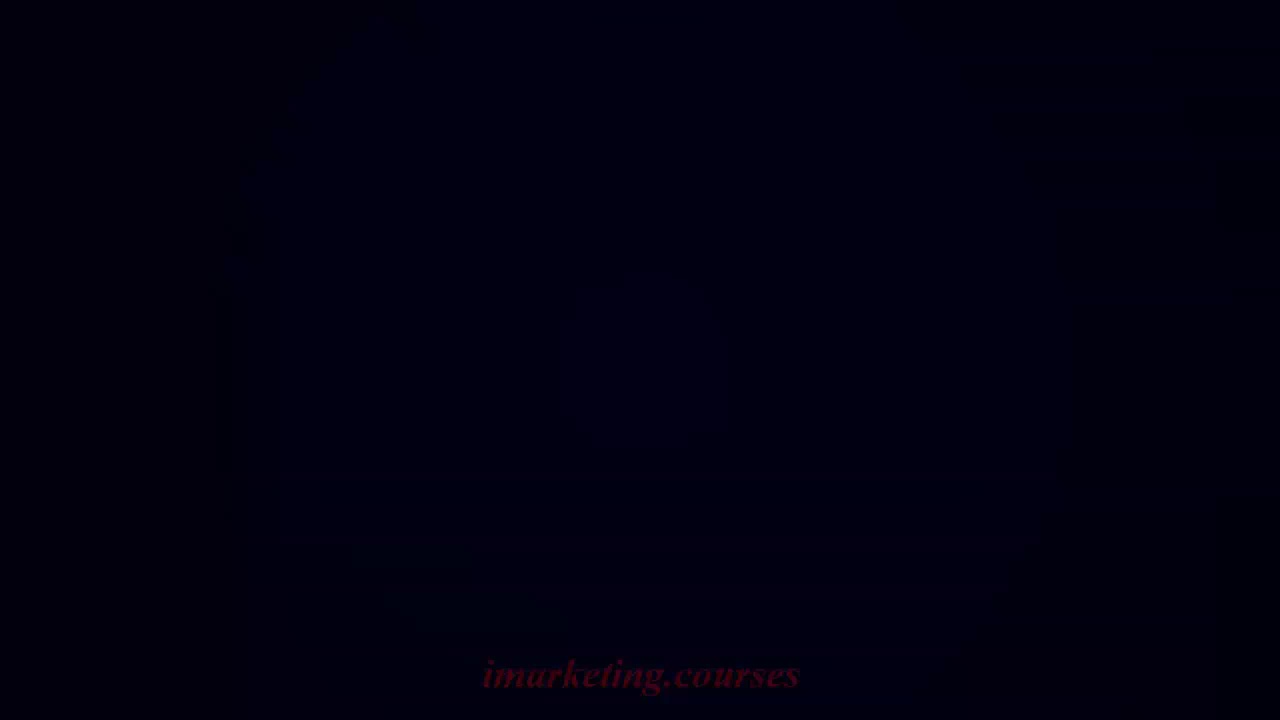
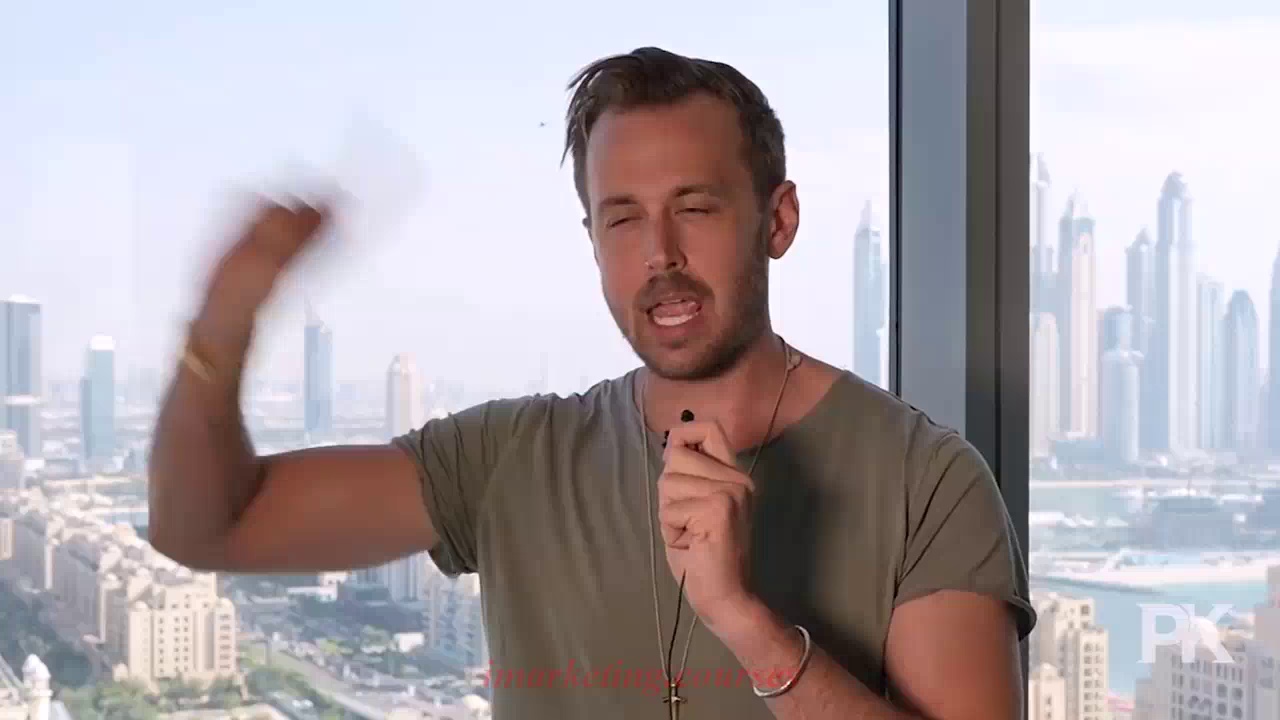
The narrator says the point of split testing ads is to find the most profitable variation to scale up, not to endlessly split test. Once you find the top performing "winner," put all your money behind scaling that ad instead of making new variations. Failing to scale the winning variation means you are failing at media buying.
It's easy to get caught up continuously split testing and trying new ideas, but you need to remember the goal is to find the biggest winner then scale it up as much as possible. There's always a way to optimize your funnel and double your income if you apply the right ideas.
Steps to take:
- Spy on top performers in your niche to get proven ideas
- Test different hooks, leads, and sales copy to find the optimal combination
- When you find the winner, blow it up by pouring money into scaling fast
The key is not to skip steps in optimizing, but also not to get stuck endlessly split testing. Scale up your biggest winner ad for maximum profits.
.Peter Kell VSL 7.6 to 8.1 - Part 2


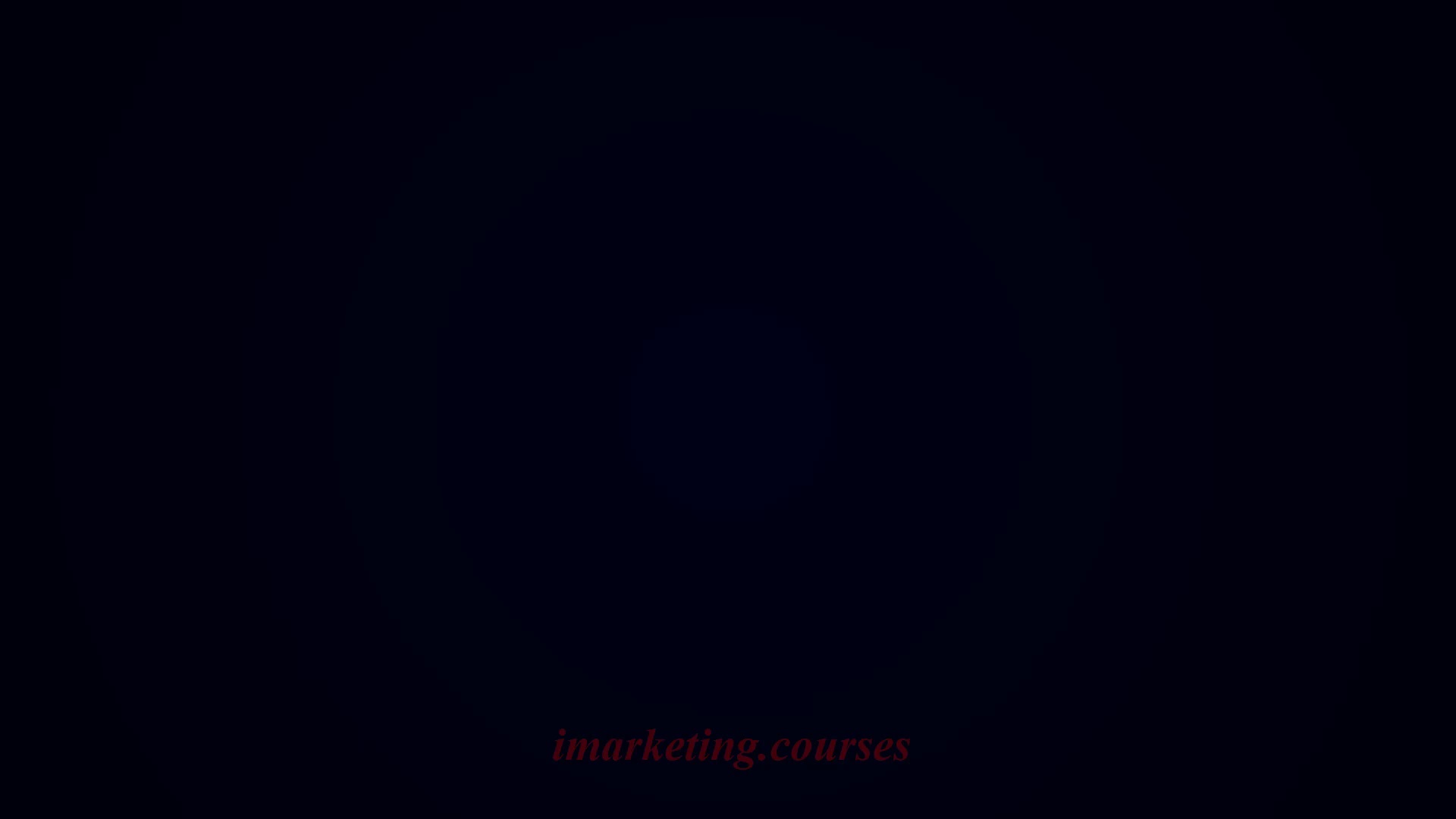
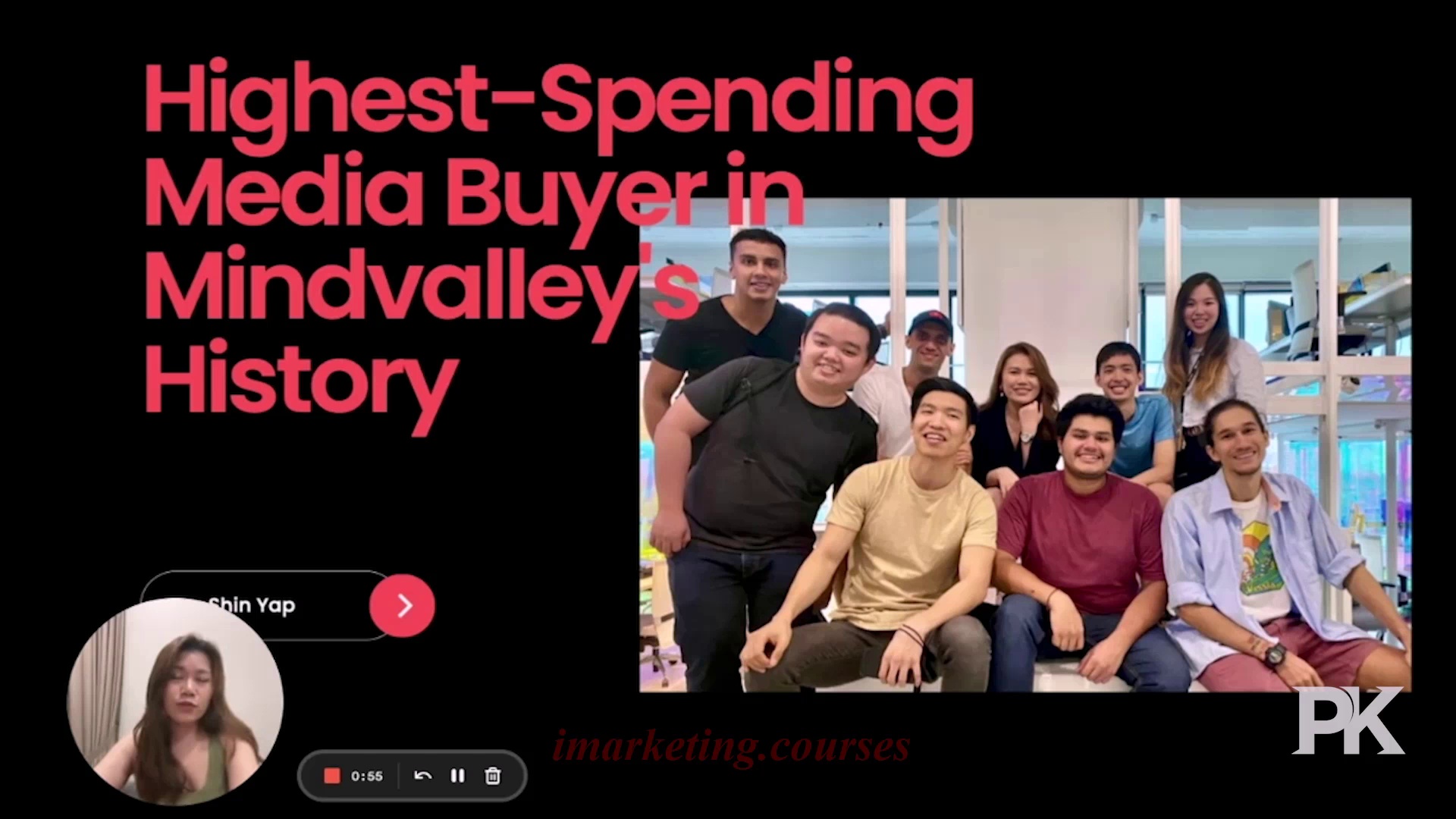
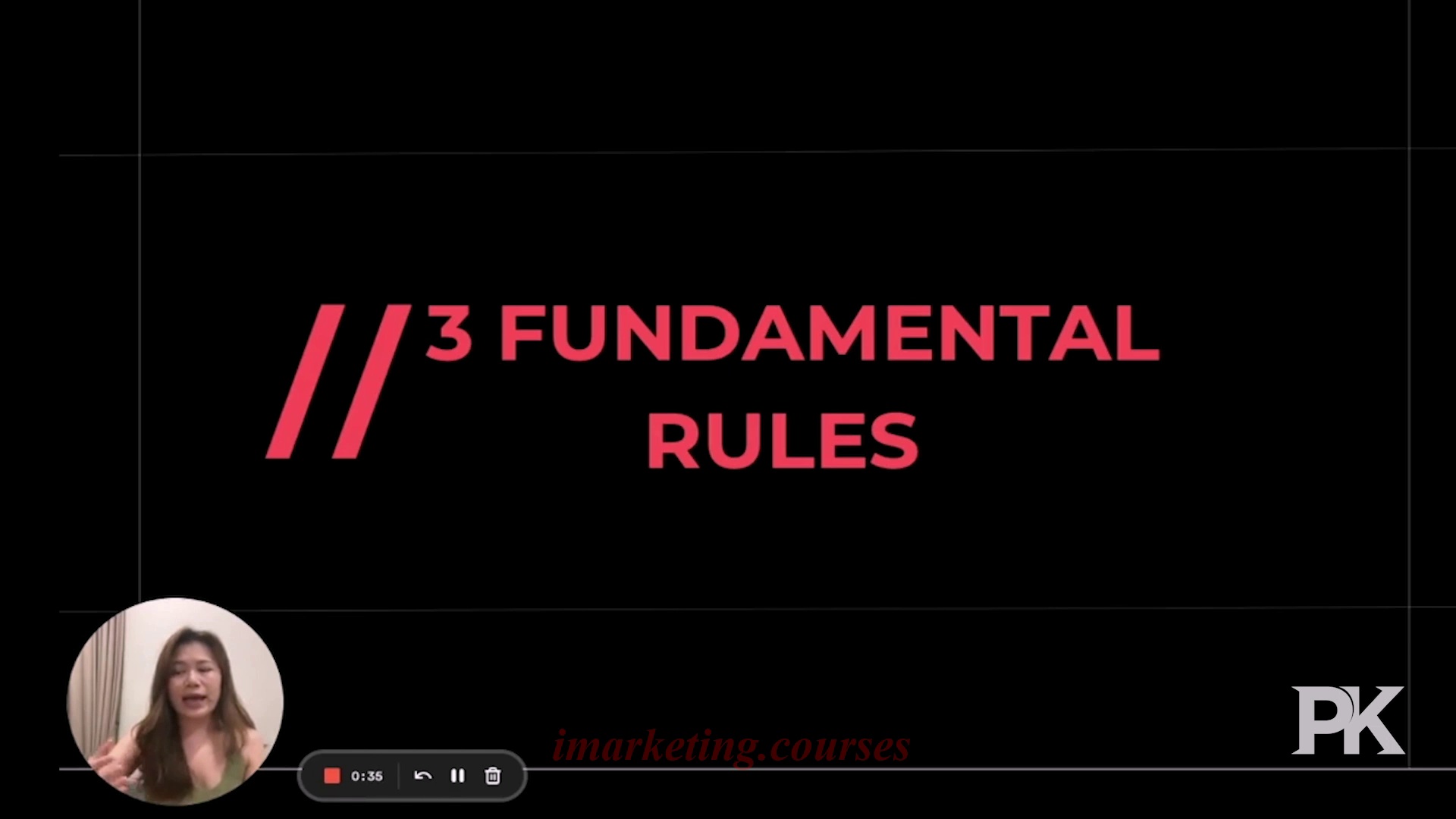
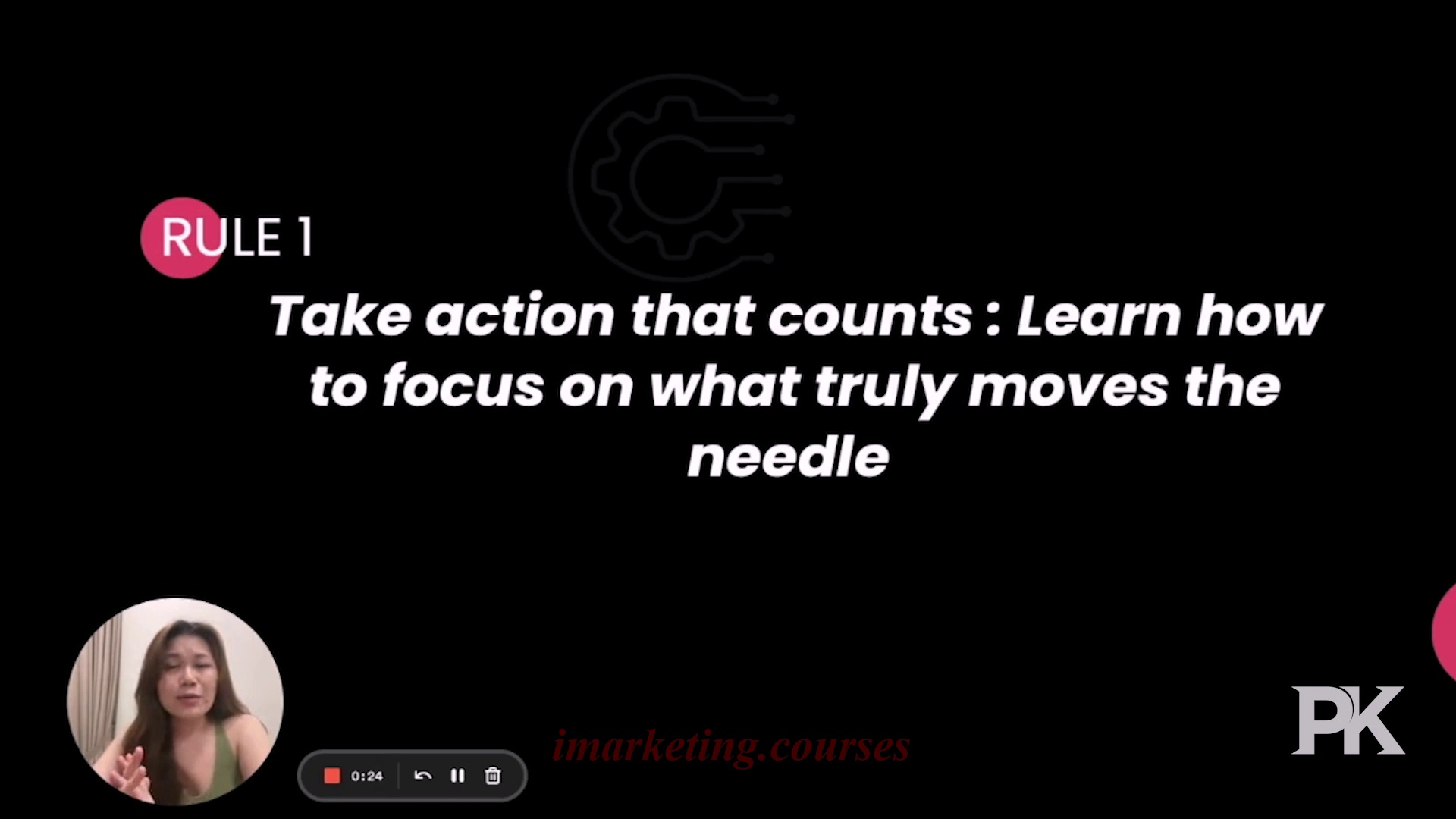
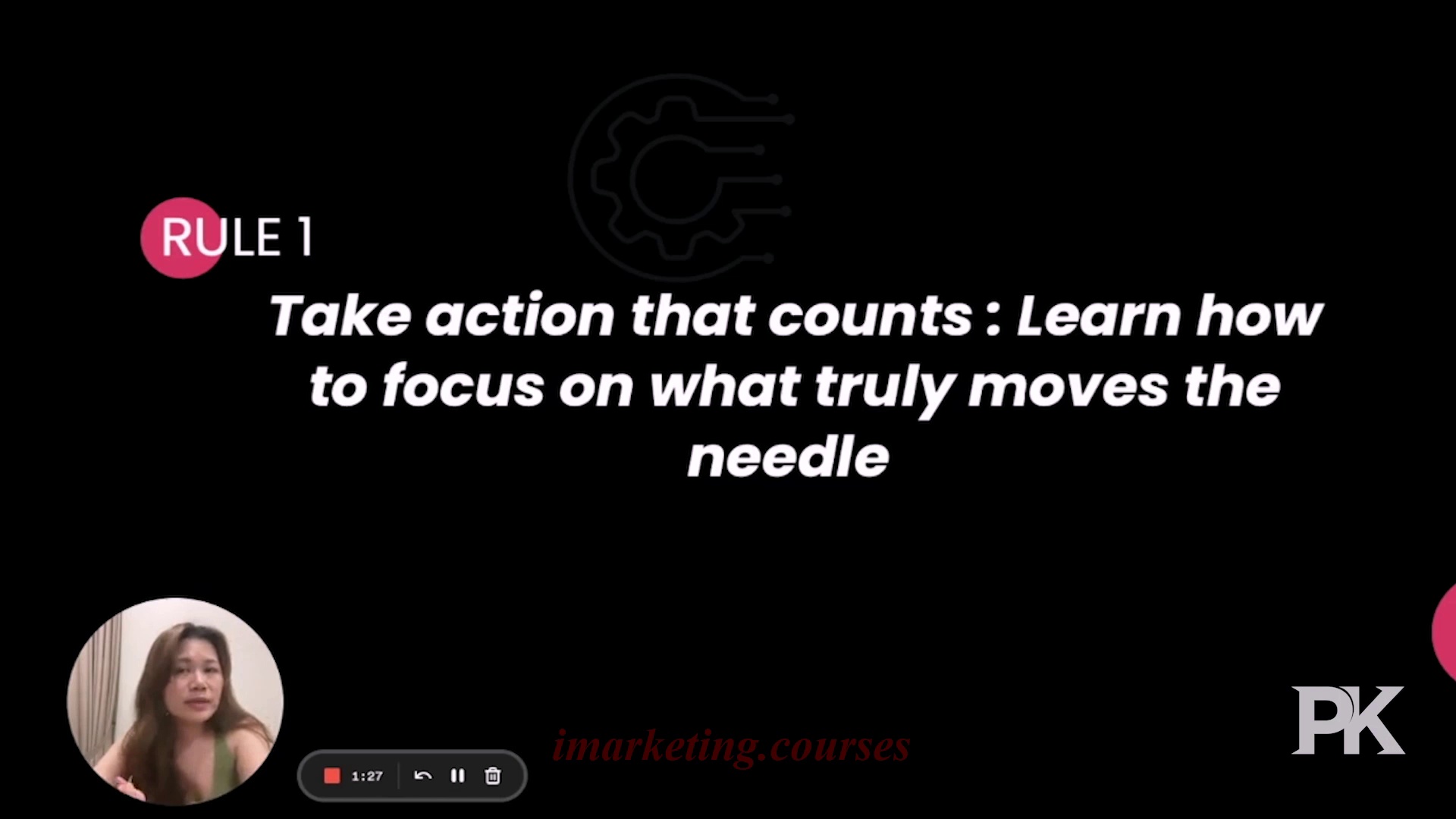
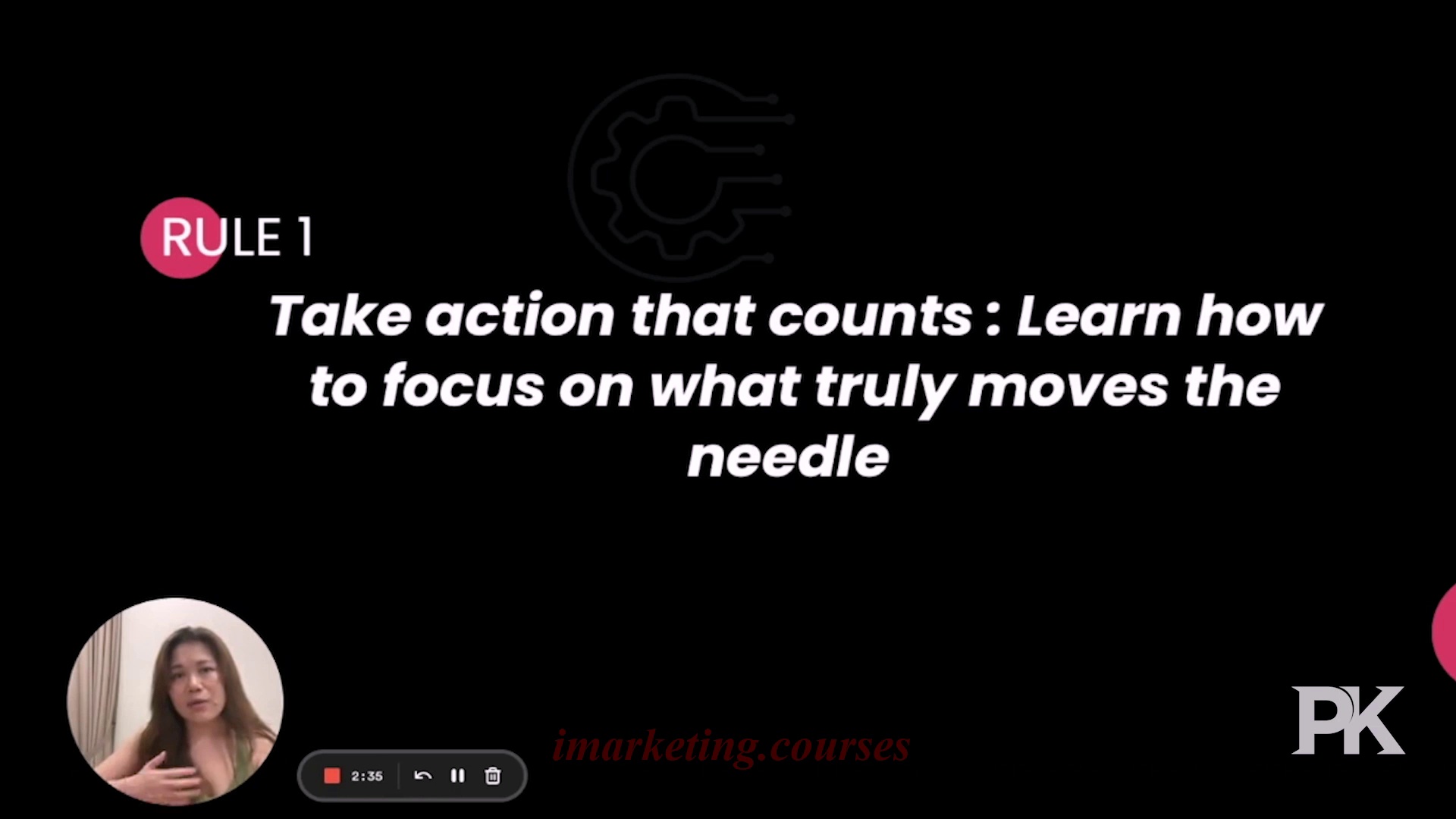
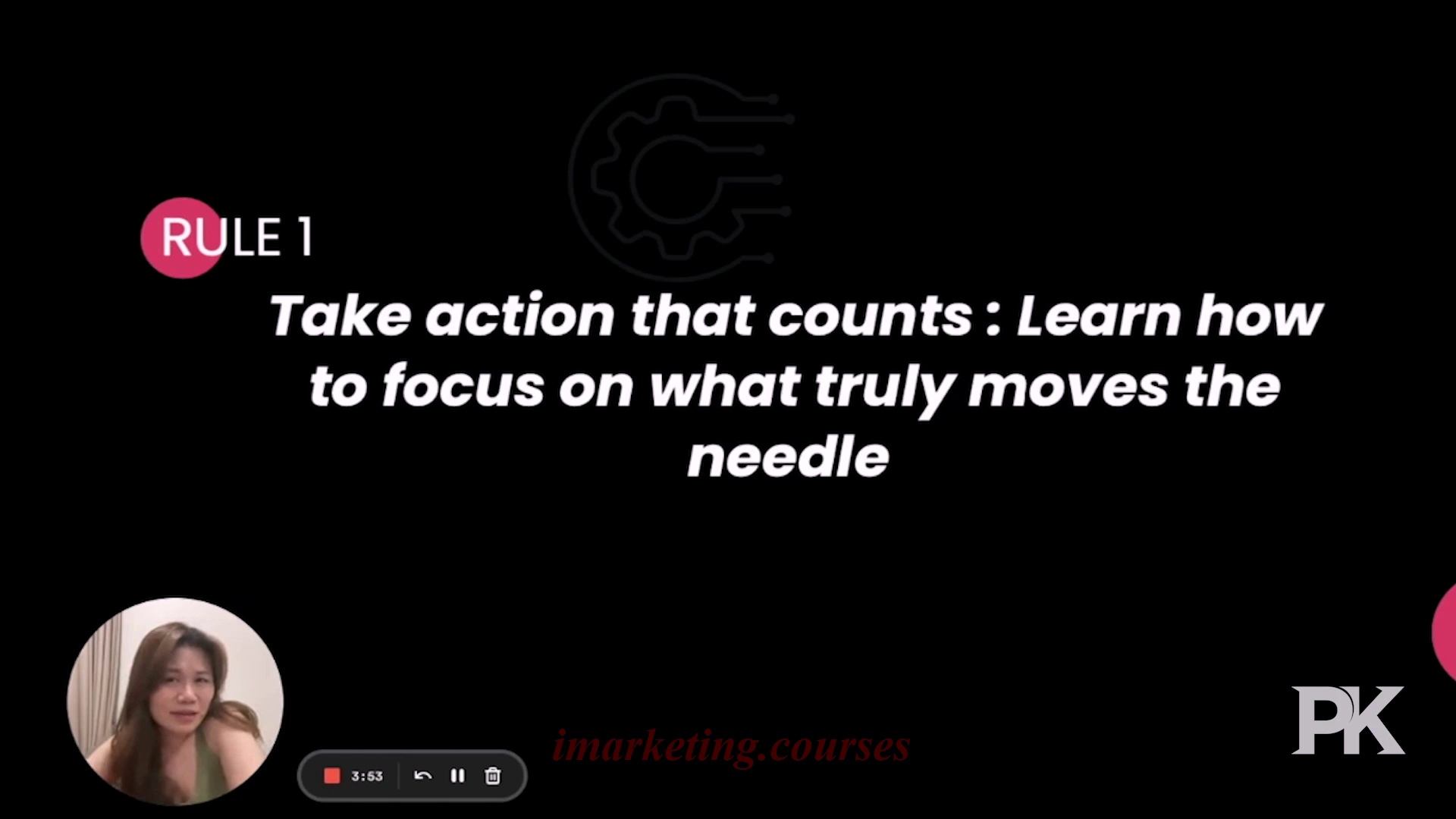
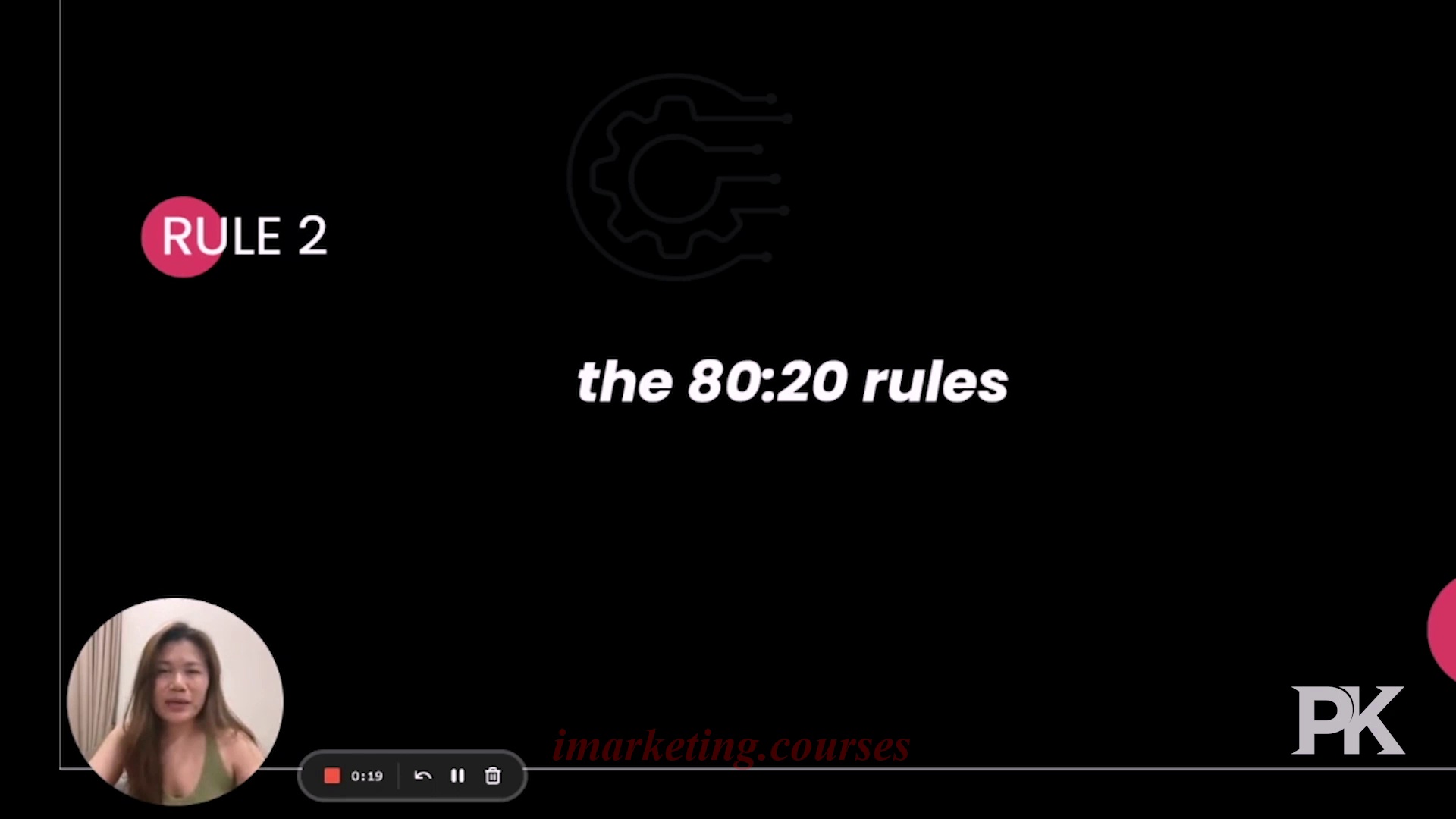

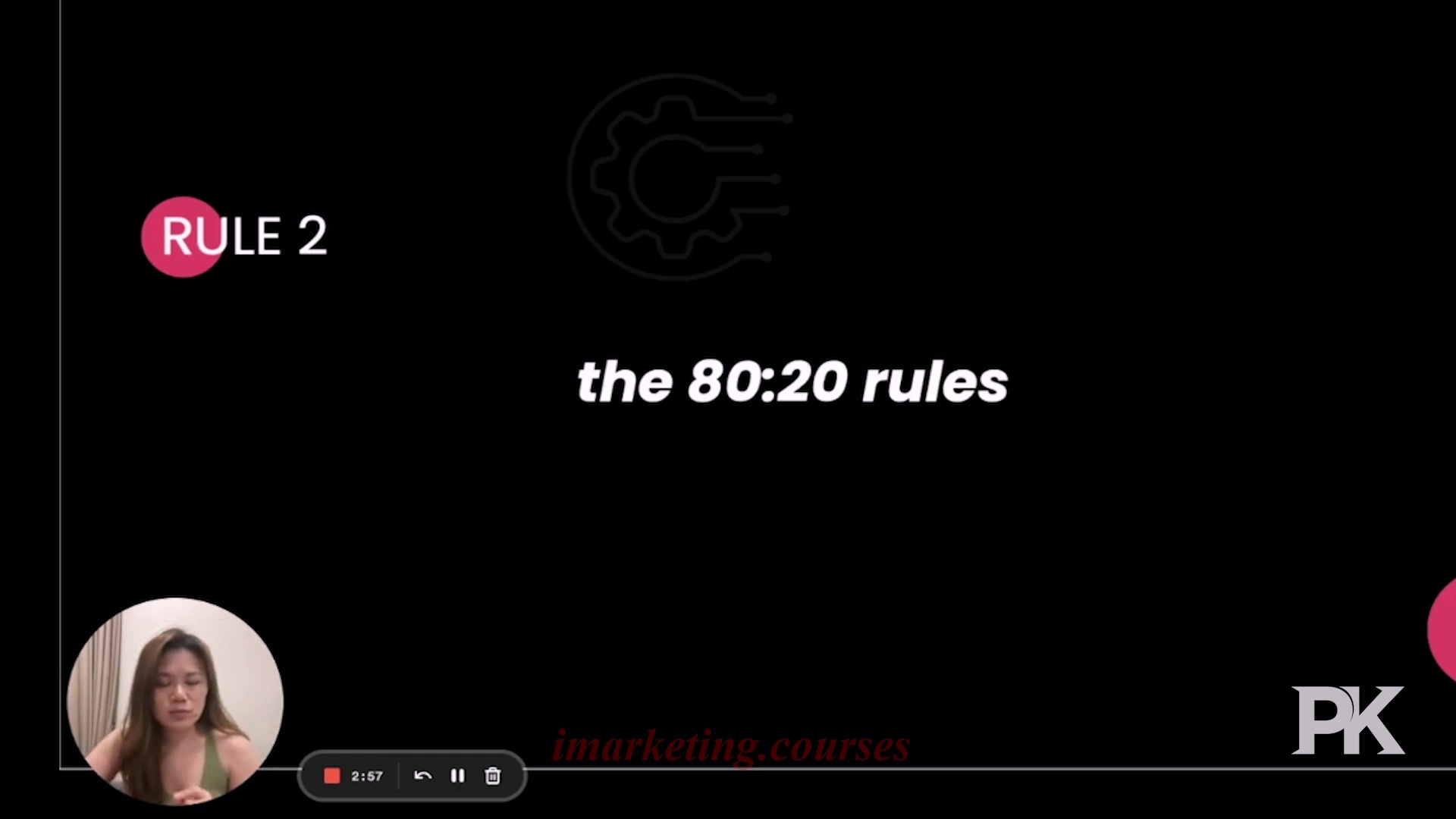
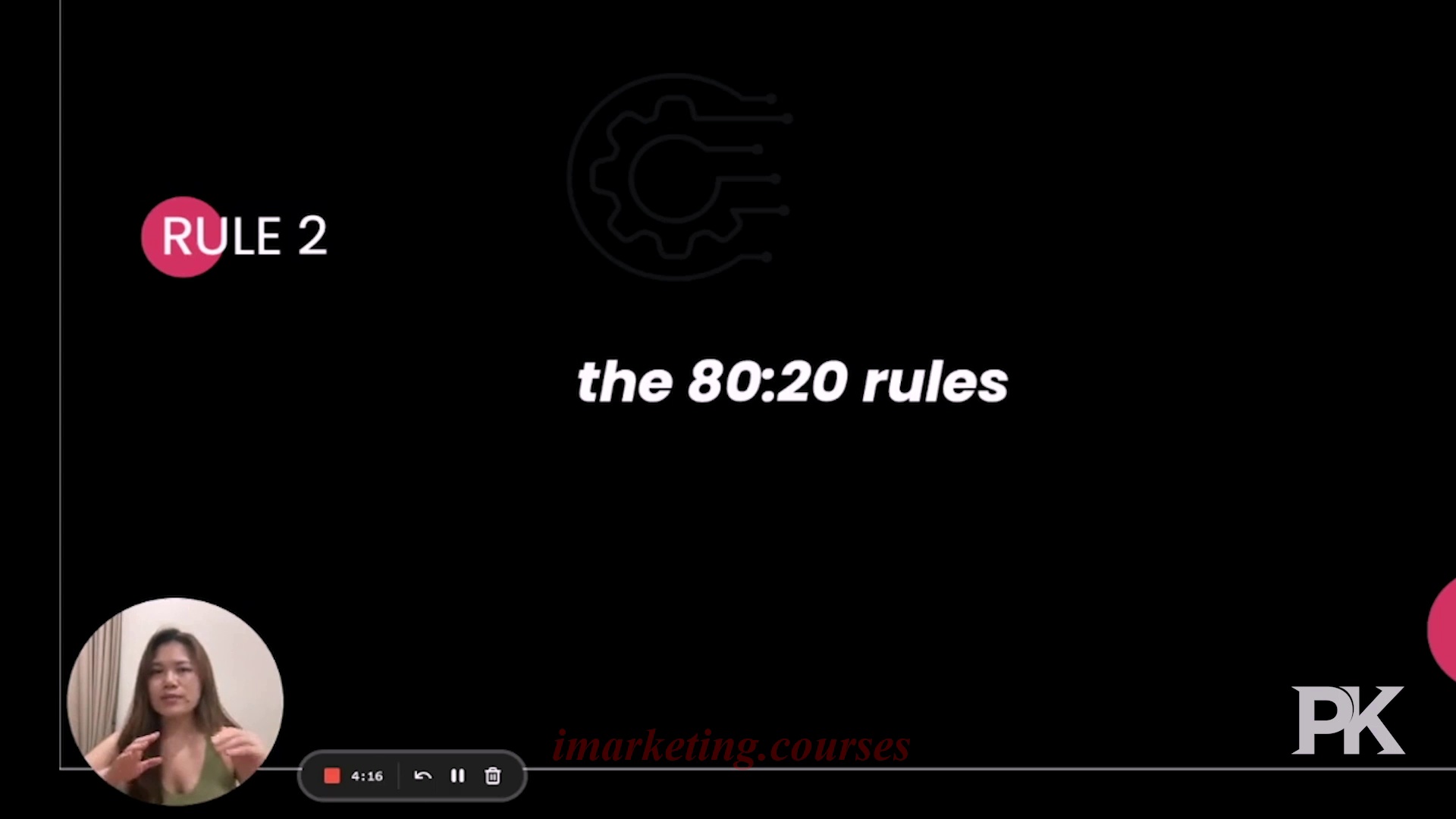
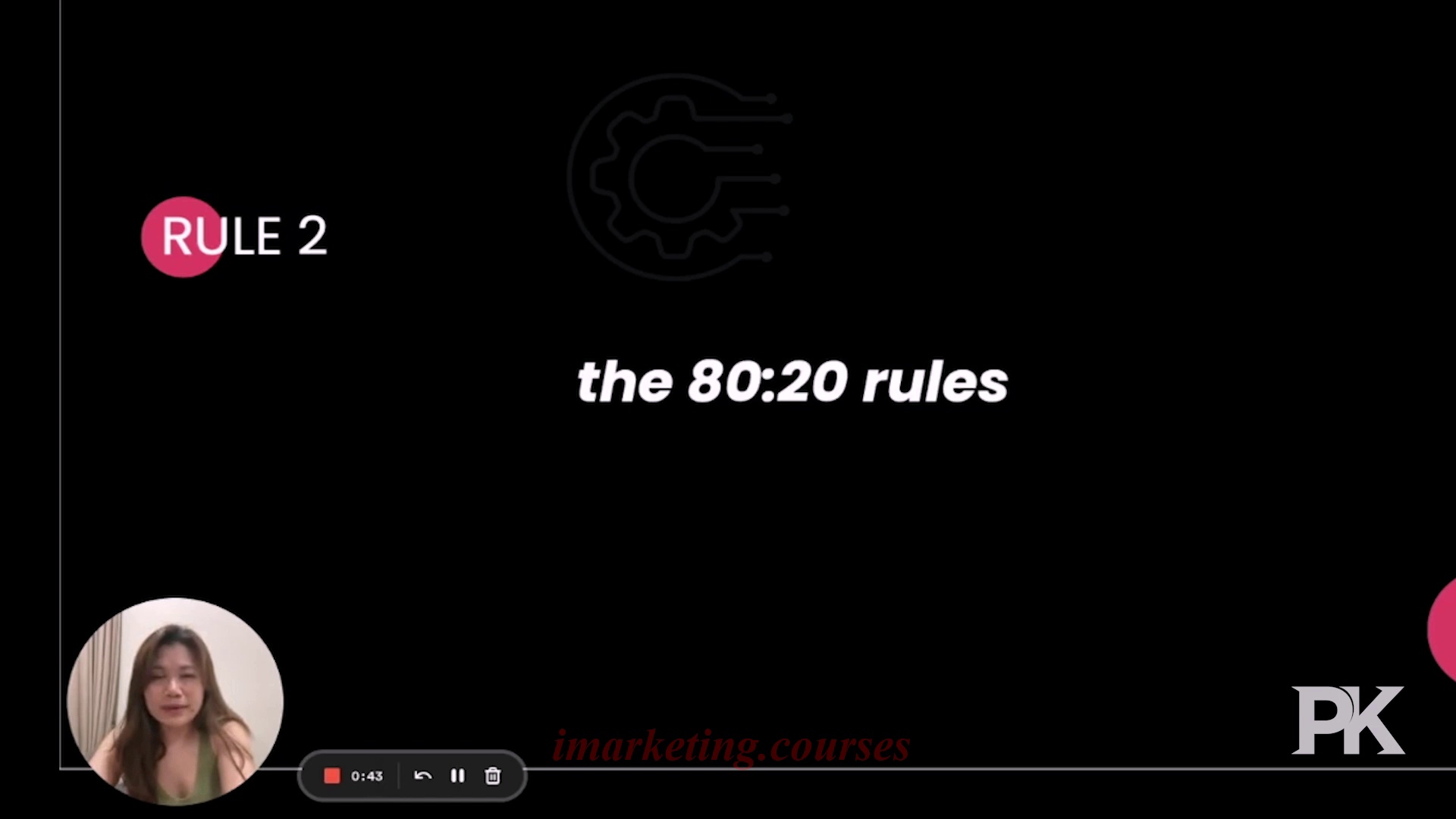
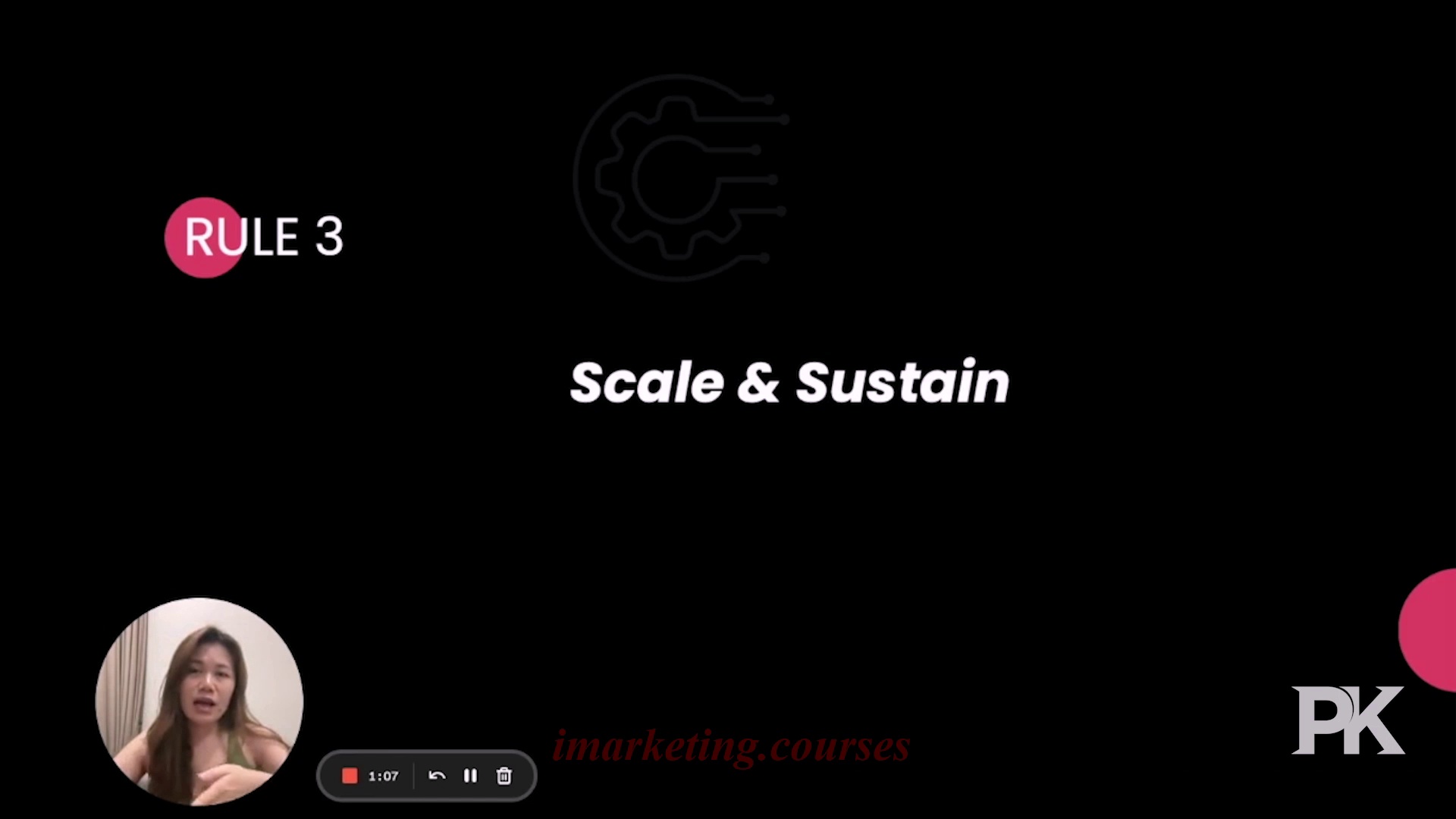
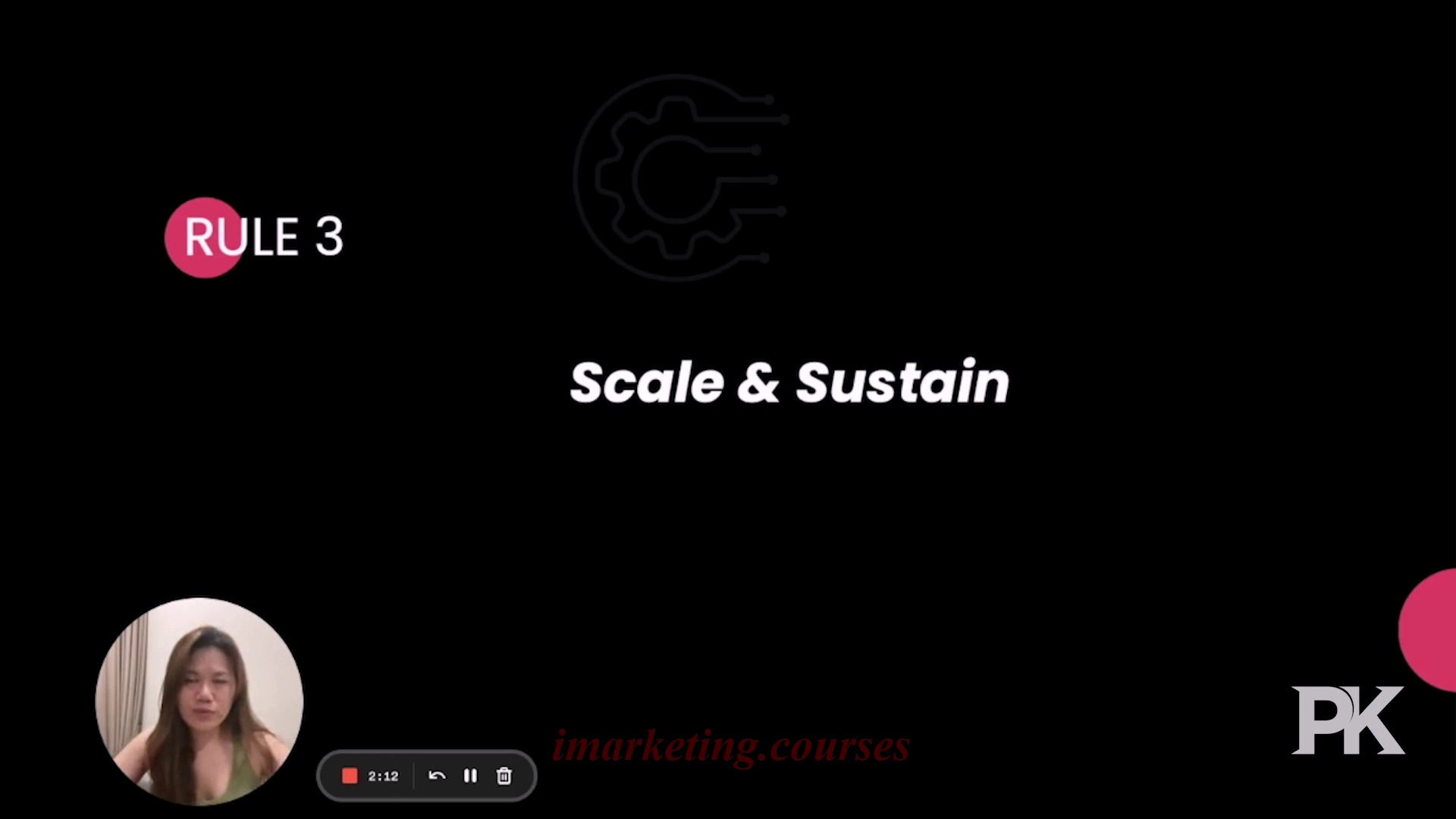
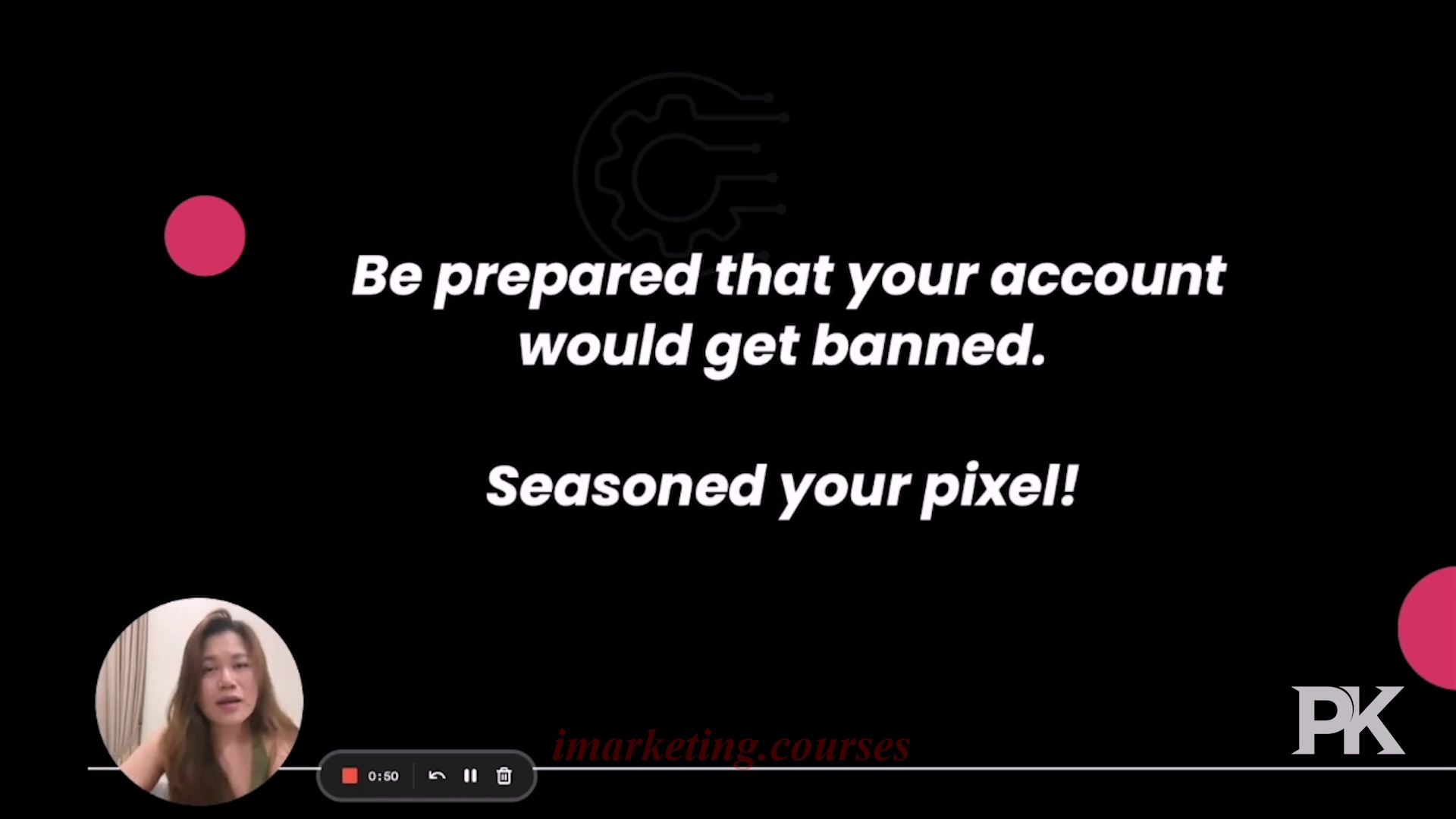
Shane has over 16 years of experience in media buying, currently spending $3 million per month on ads. He worked with Peter Kyle to scale a Facebook and YouTube campaign from $0 to $40 million in 12 months.
Rule 1: Focus on tasks that actually move the needle, not analyzing every metric. Don't go too granular too early when launching campaigns. Test proven hooks and leads before testing ad copy.
Rule 2: Leverage the 80/20 rule - 20% of ads drive 80% of revenue. Identify your top performing 20% and expand on those rather than trying new things. Scale your lowest hanging fruit across different funnels and products.
Strike a balance between scale and sustainability when optimizing campaigns. Don't start budgets too low or scale too fast. Screwing up the algorithm leads to unsustainable campaigns and firefighting mode.
Be prepared for account bans when launching new campaigns, especially if uploading lots of long videos. Make sure you don't violate policies so you can appeal. Season your pixel with organic activity before launching paid campaigns.
.Peter Kell VSL 7.6 to 8.1 - Part 3

















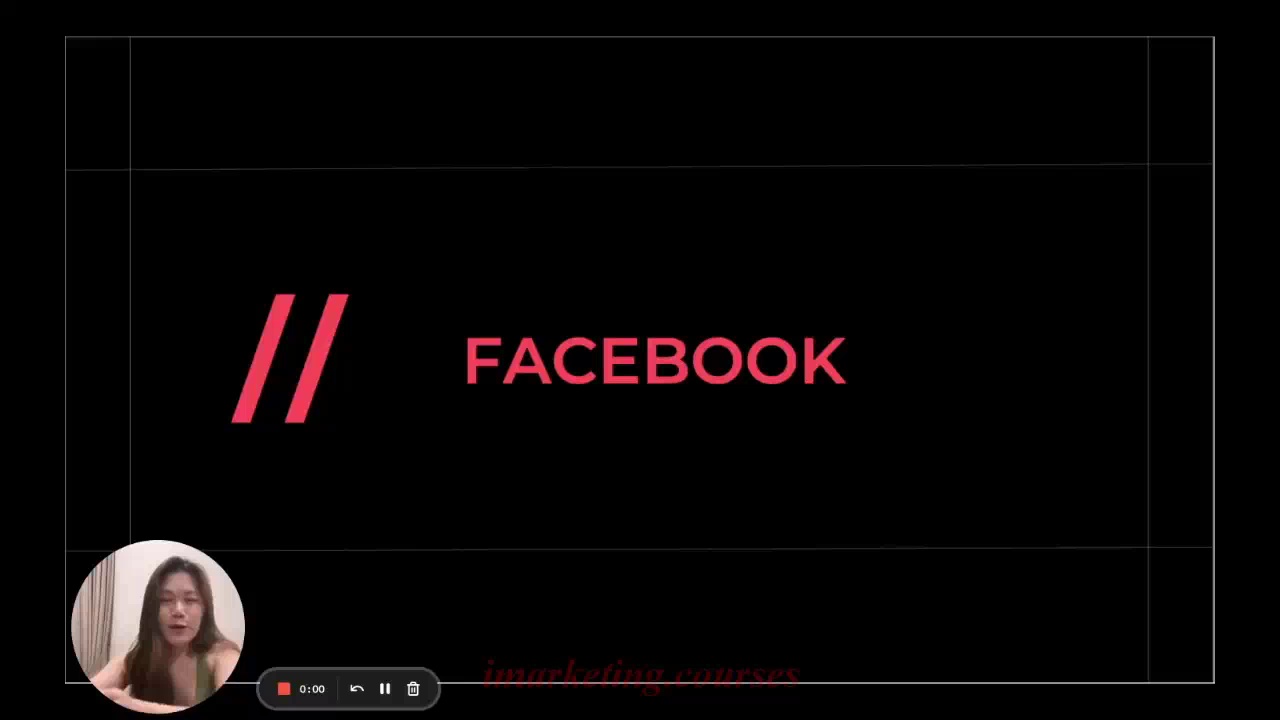
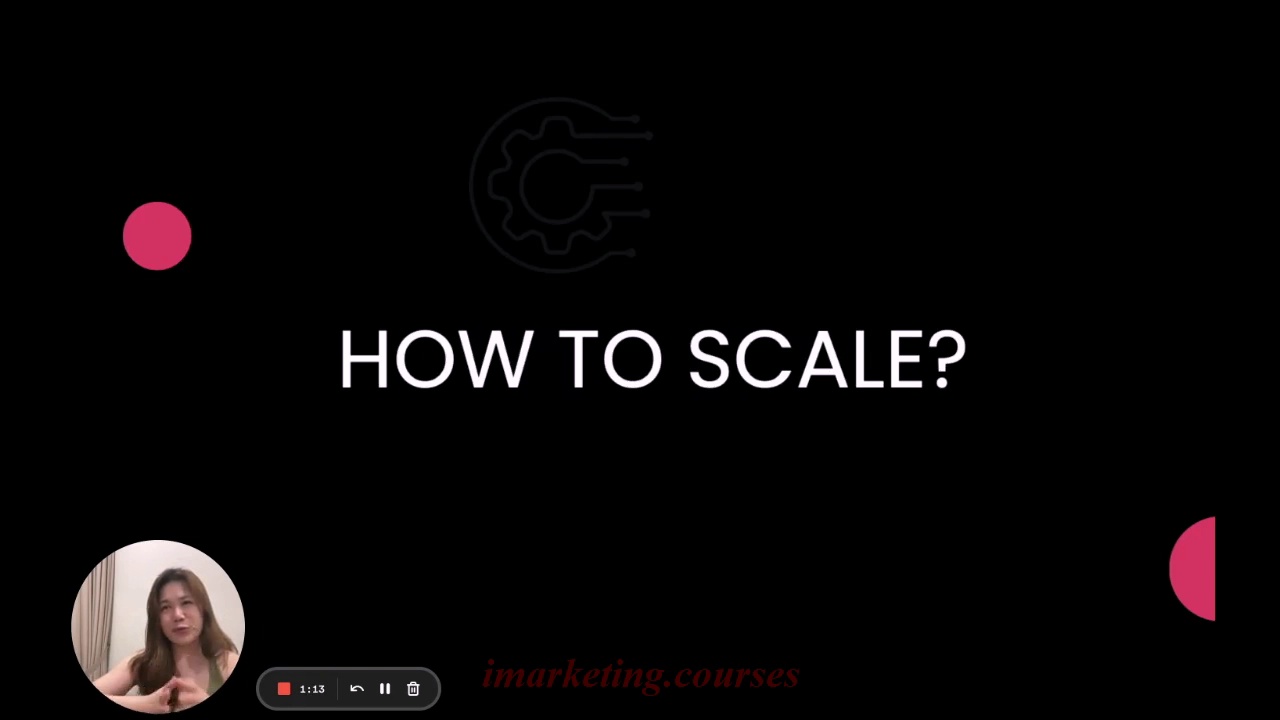
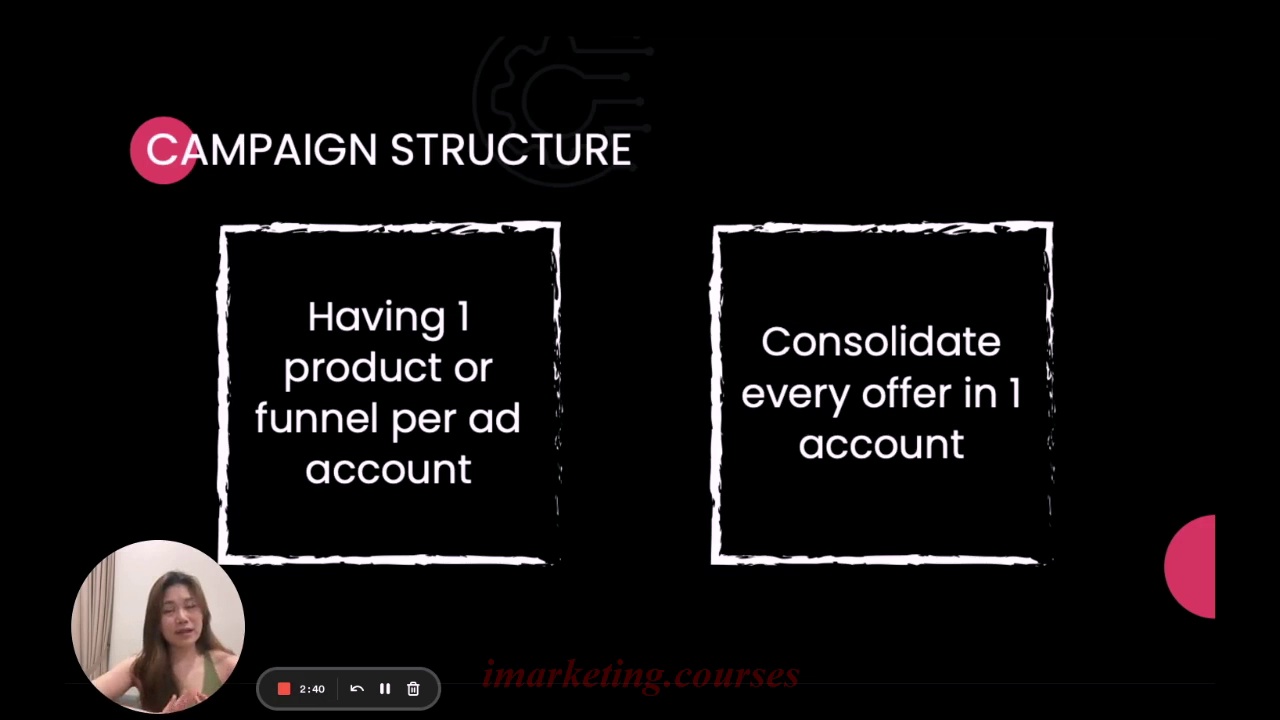
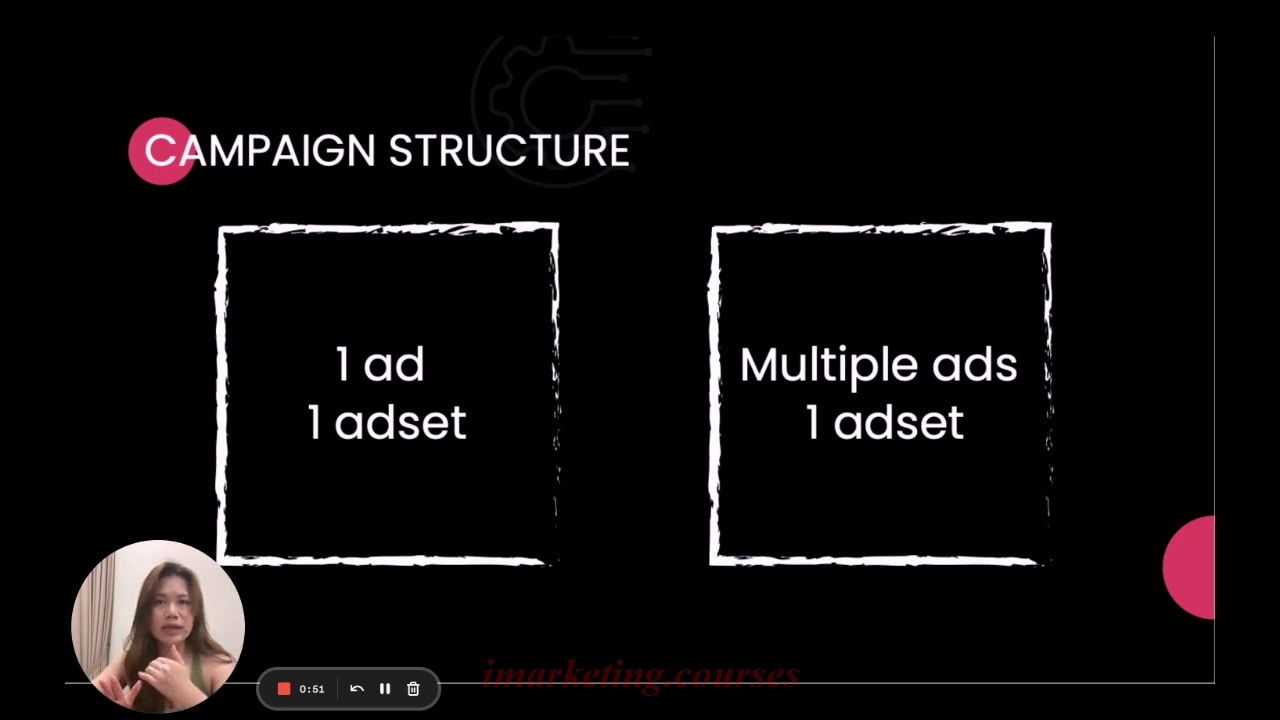
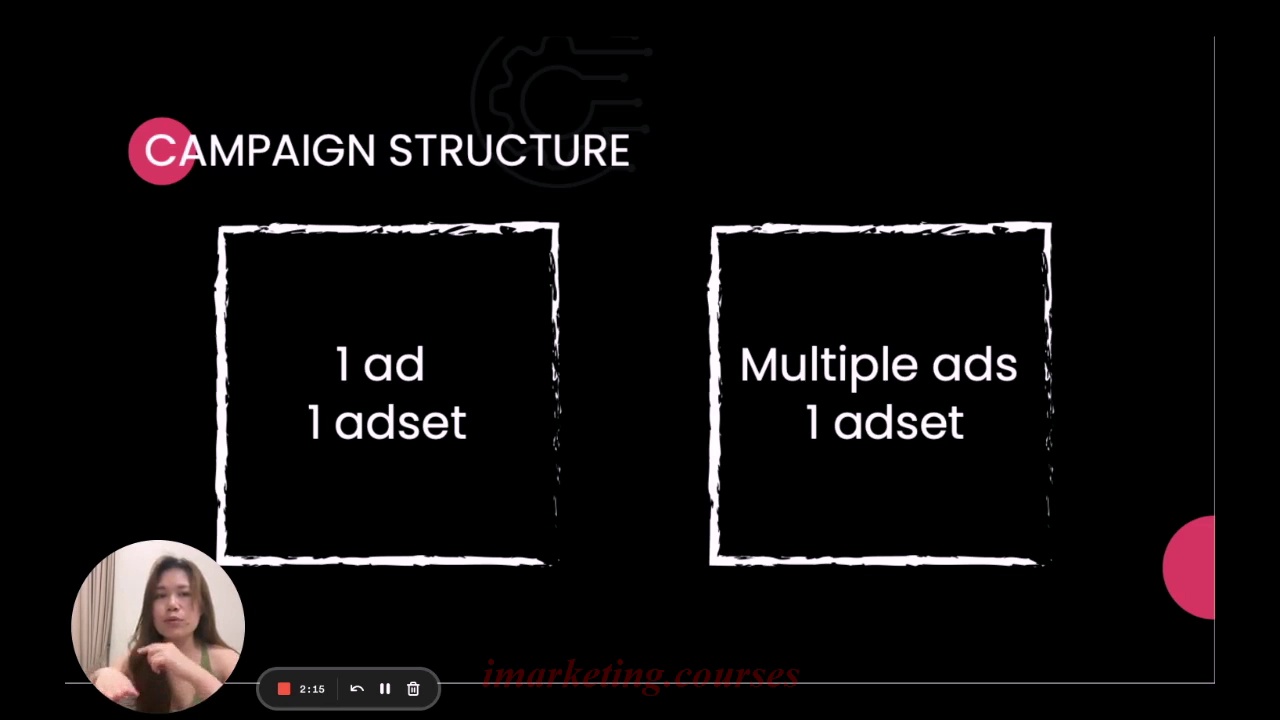
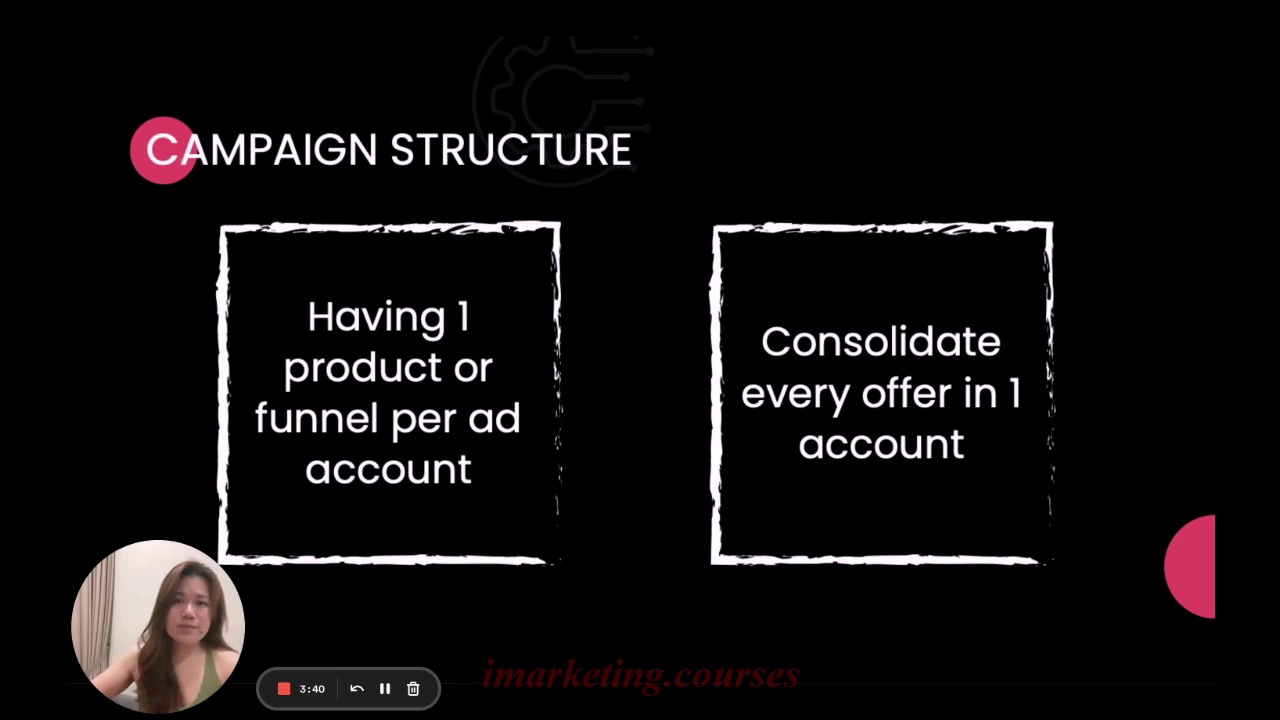
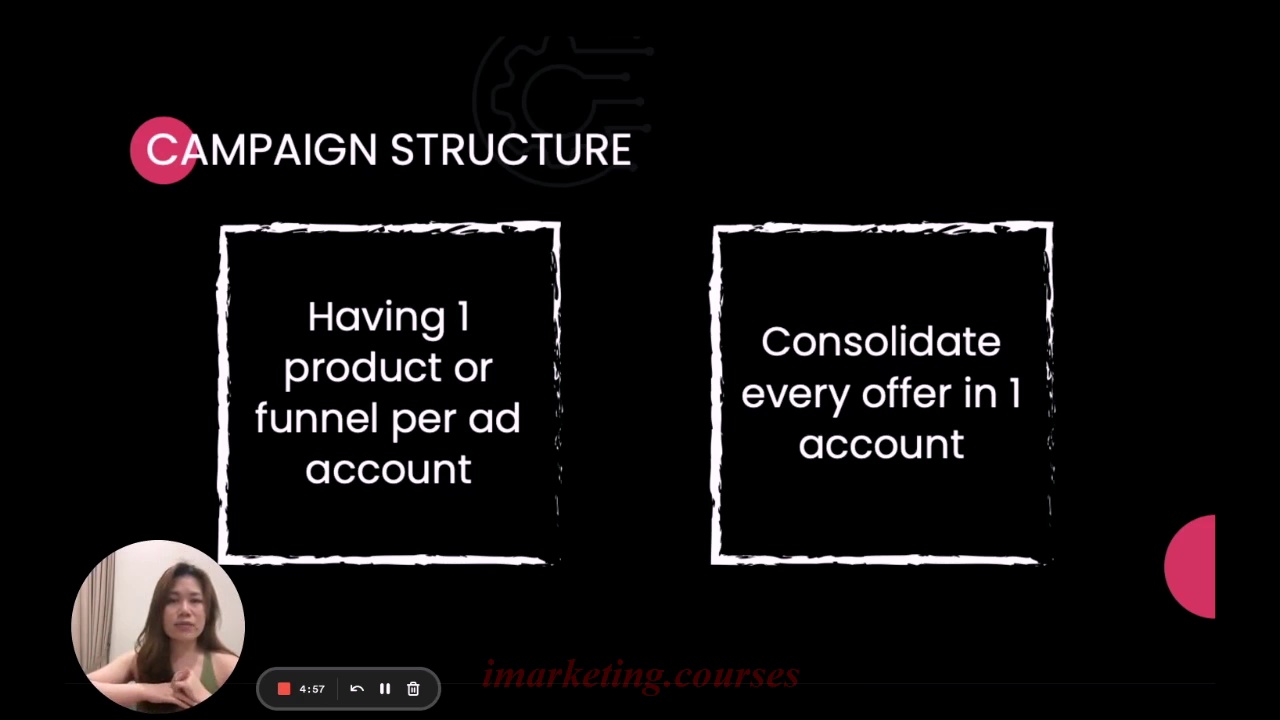
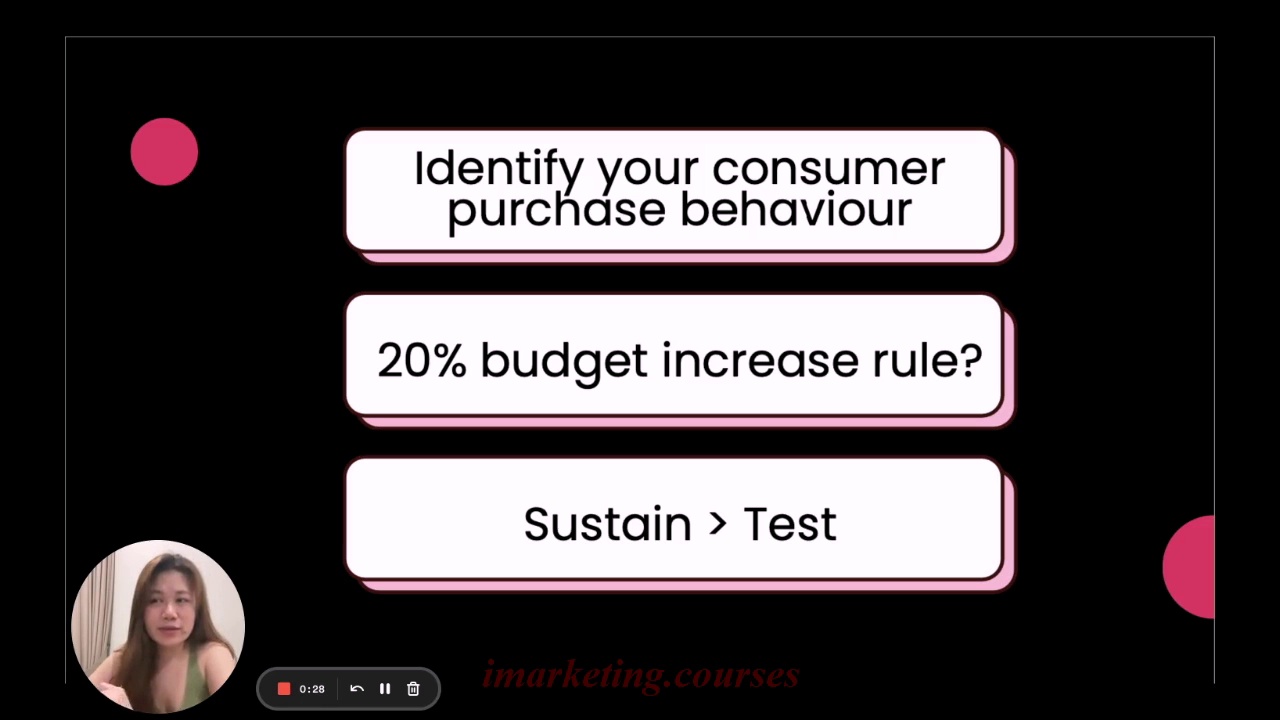
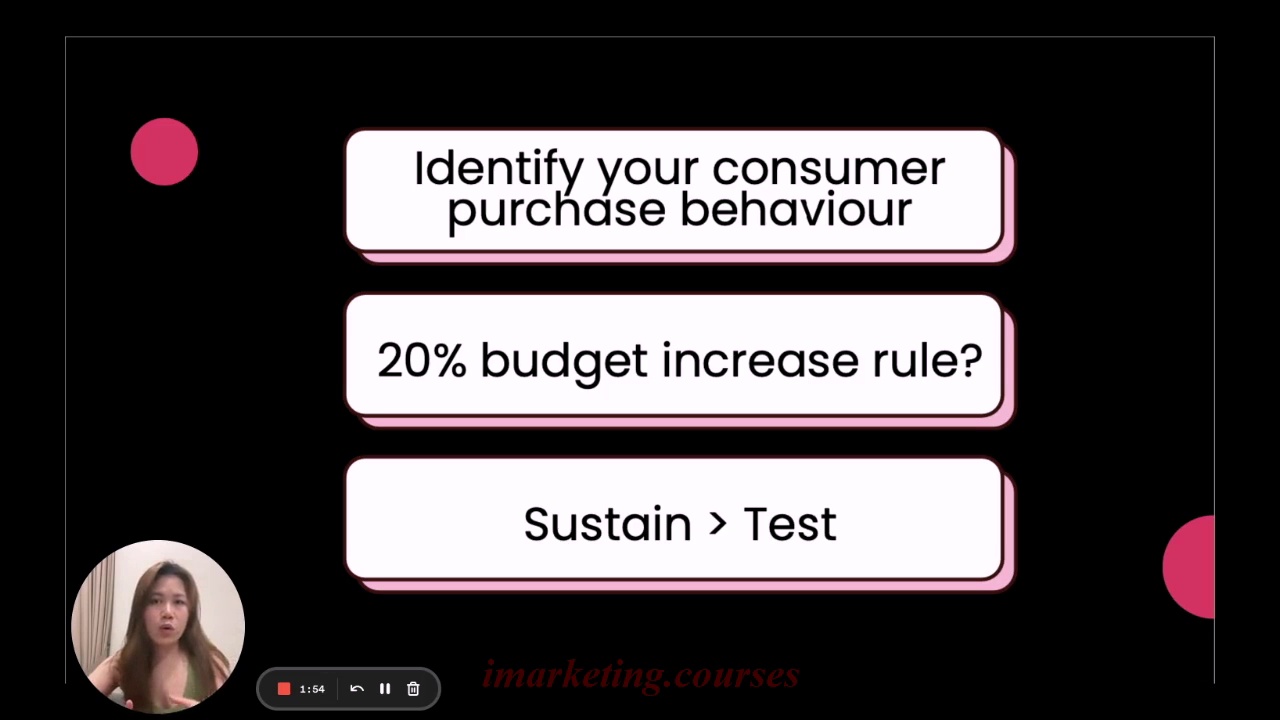
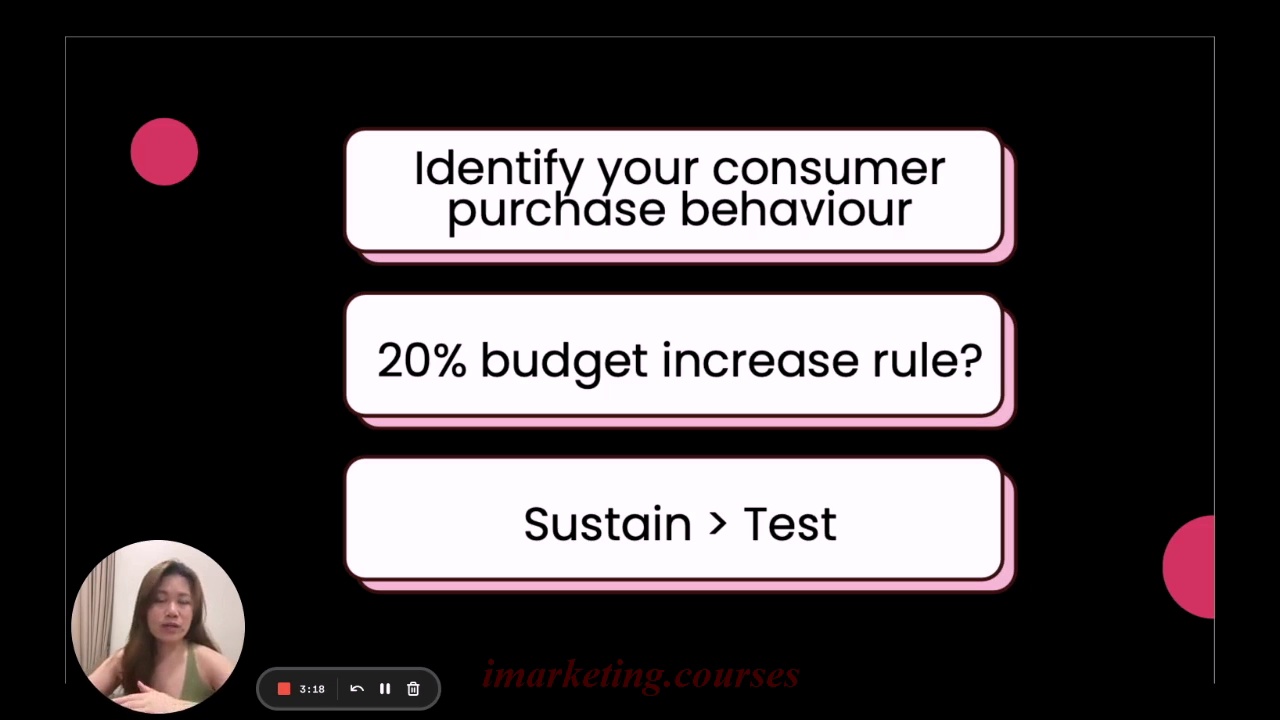

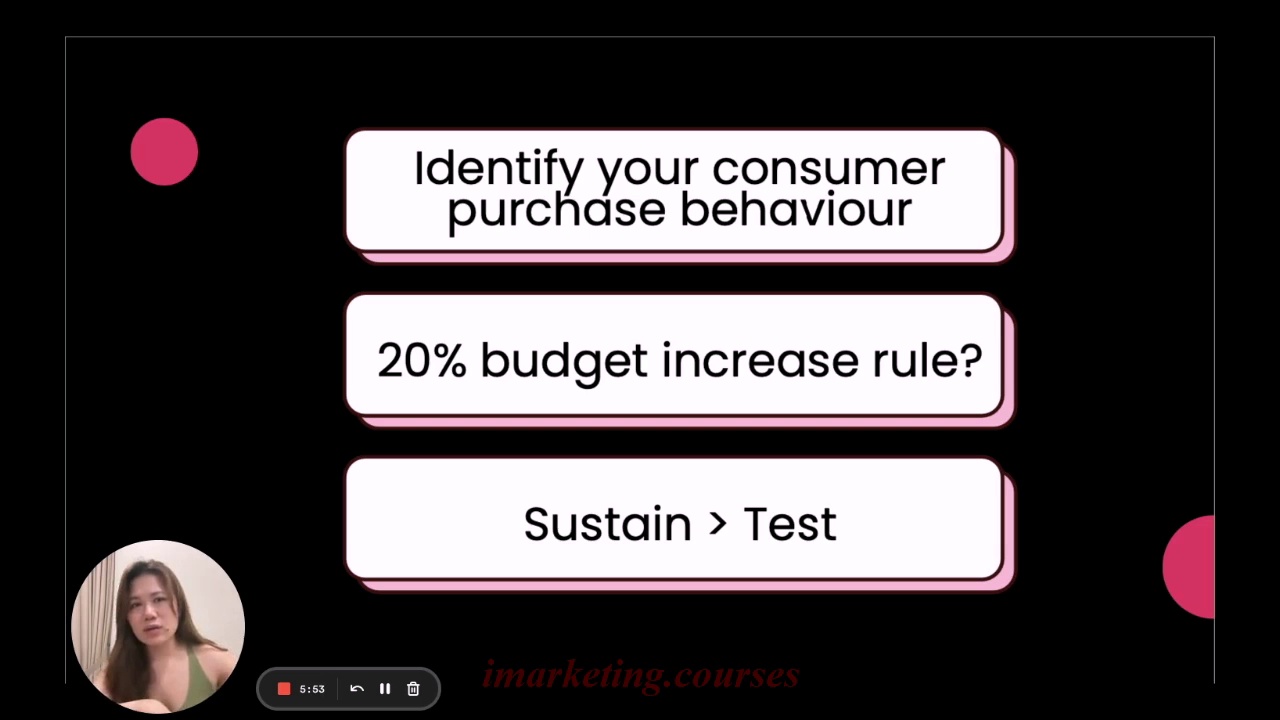
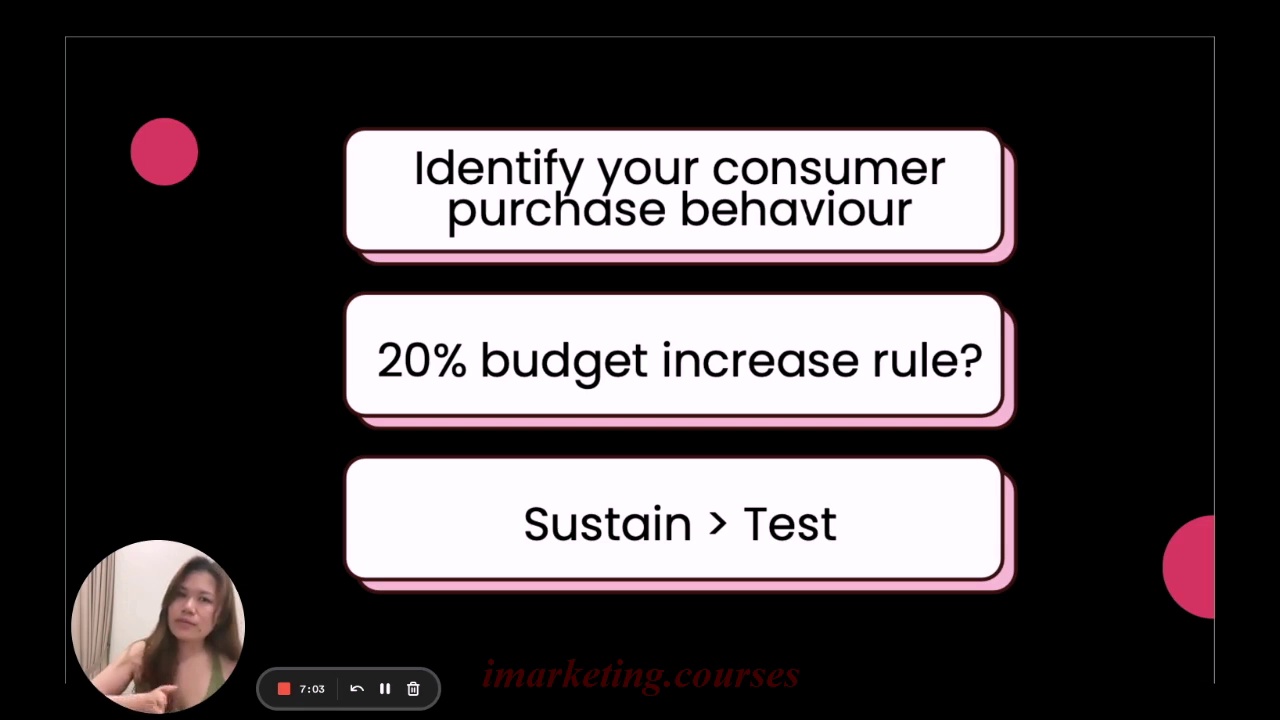

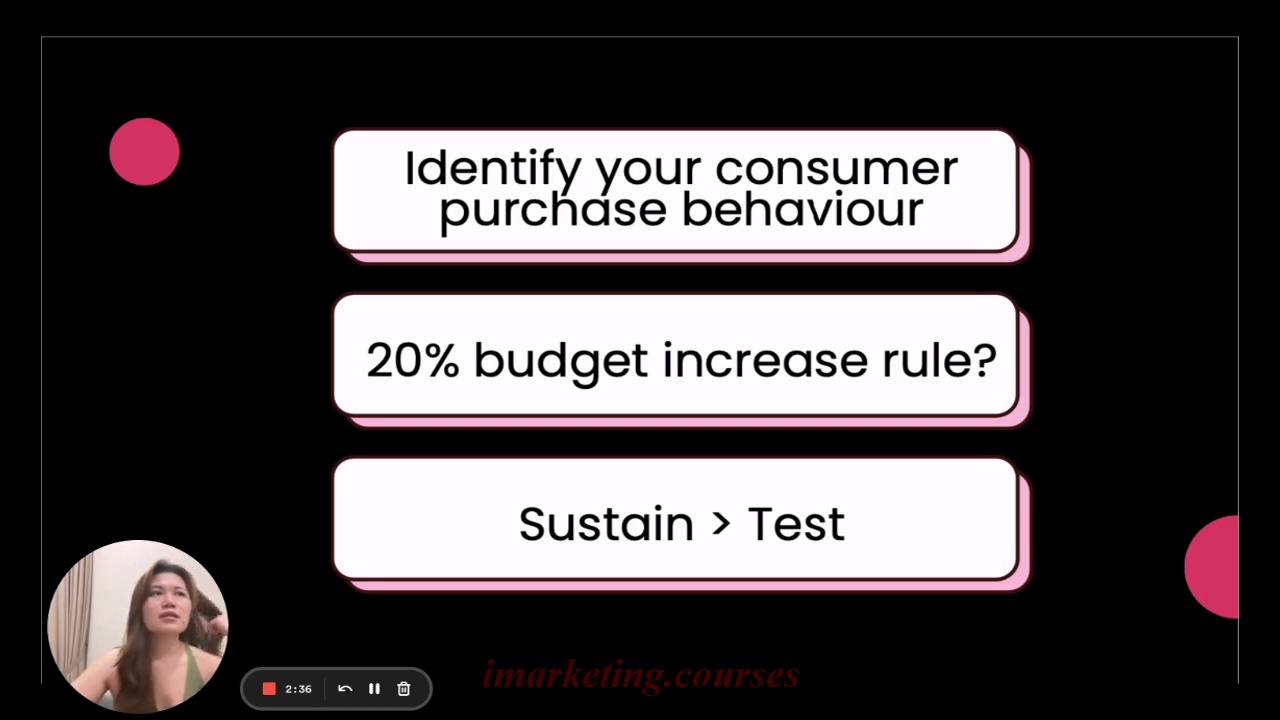
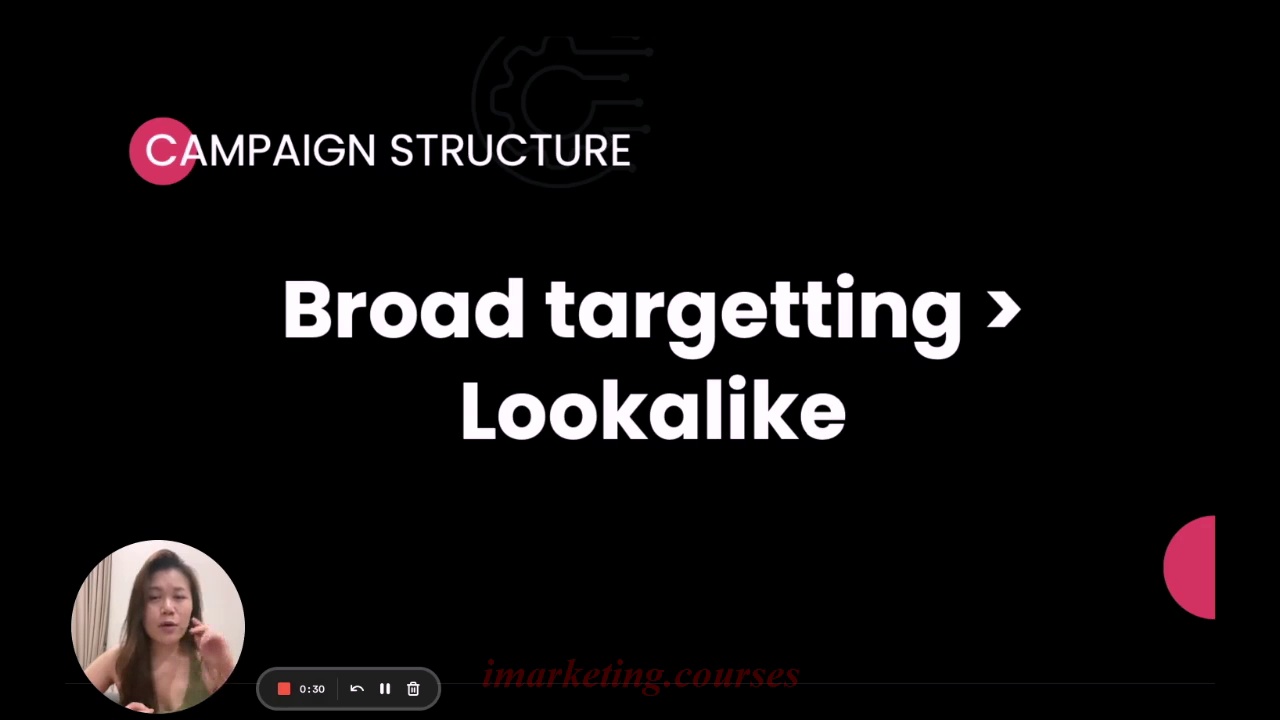
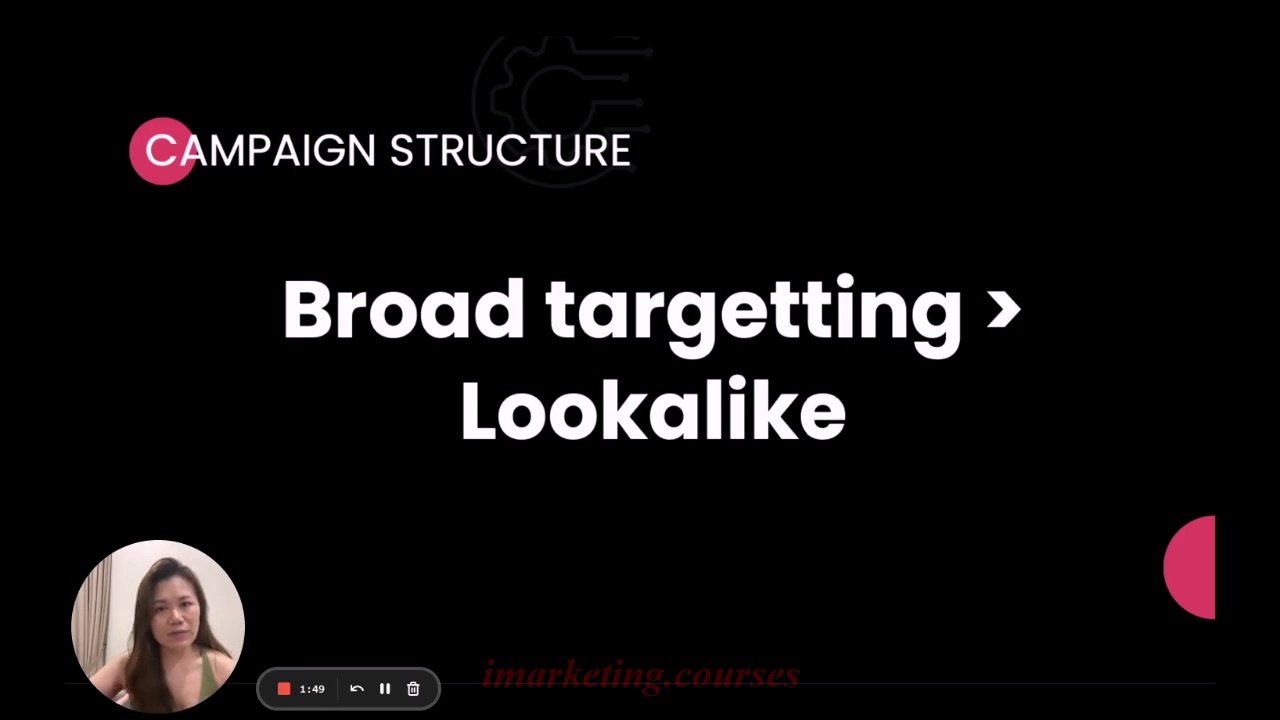
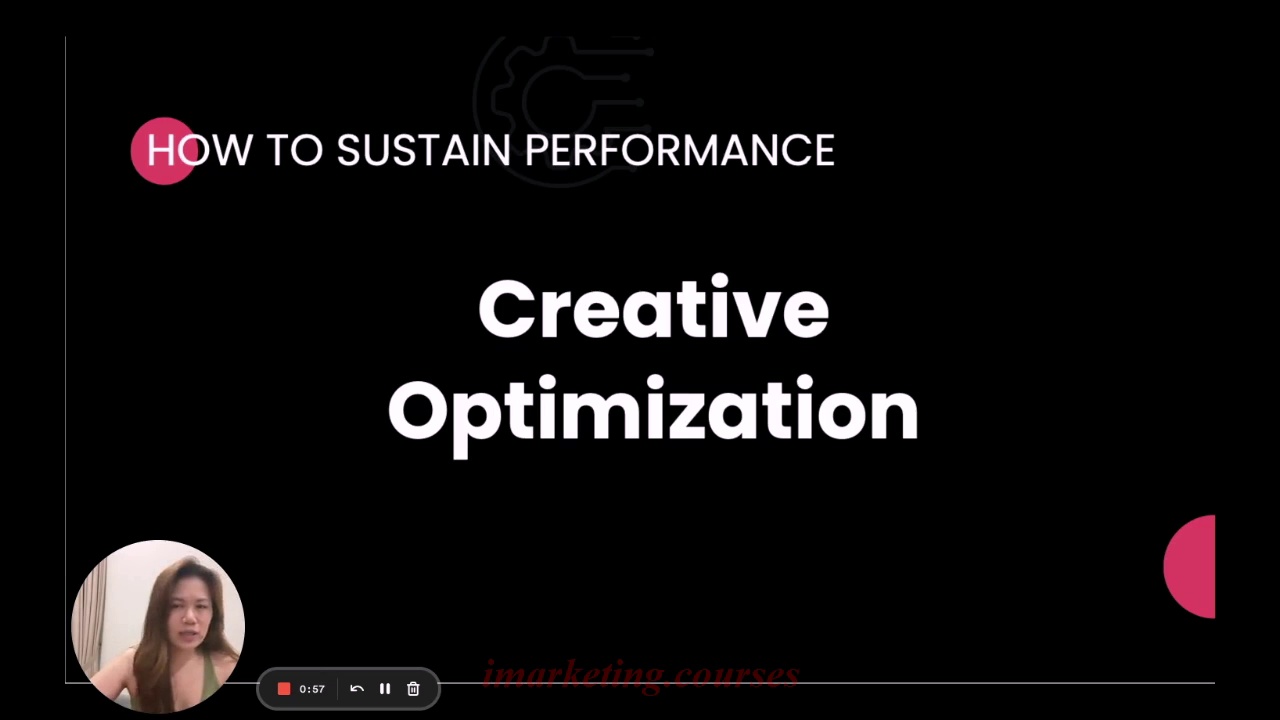
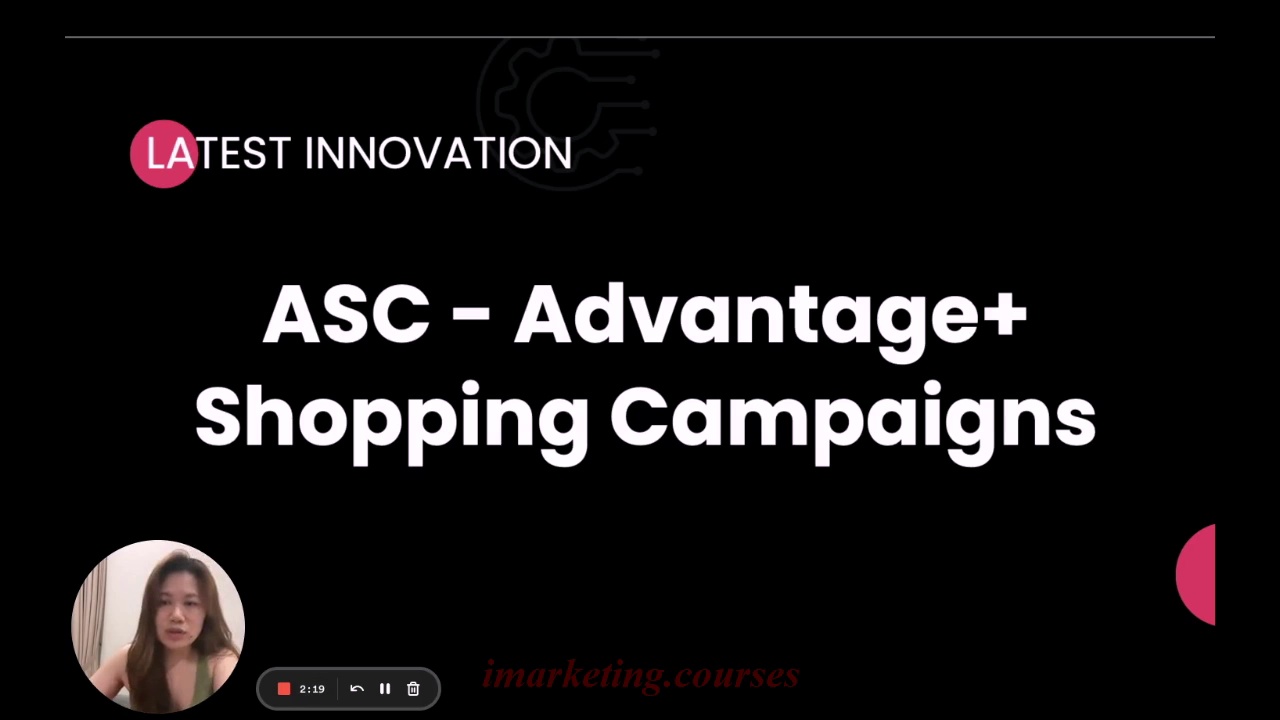
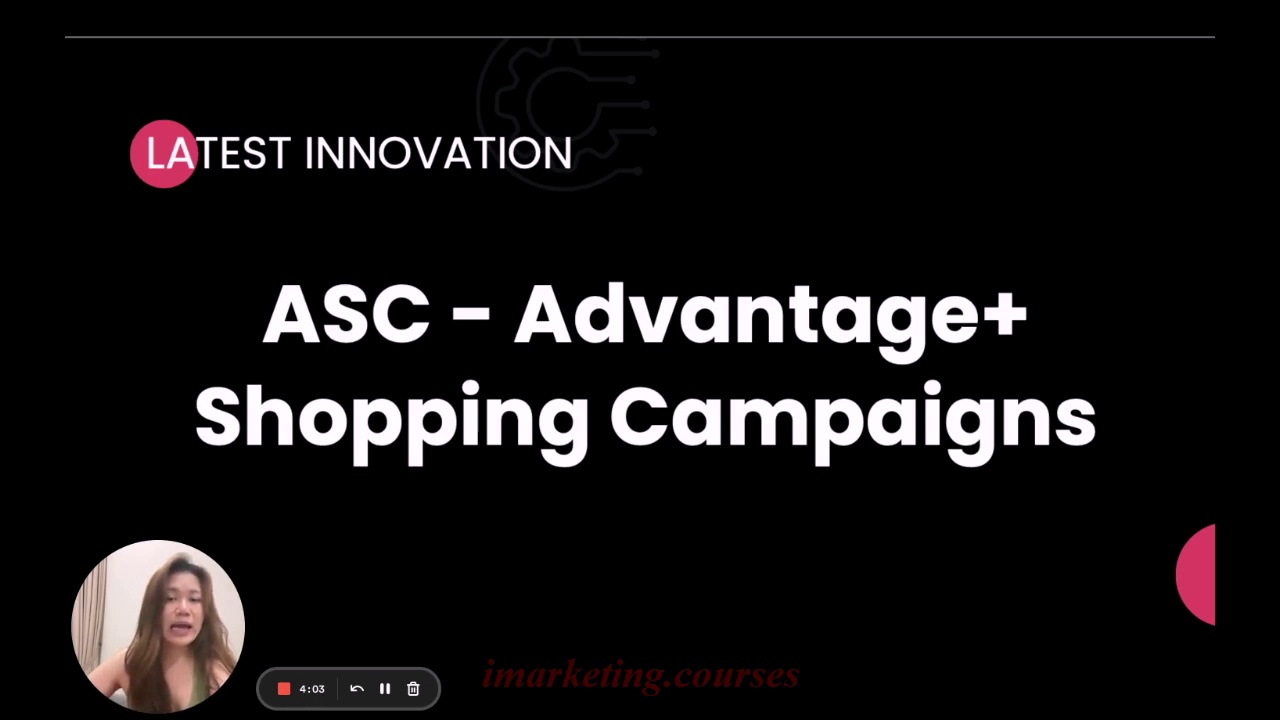
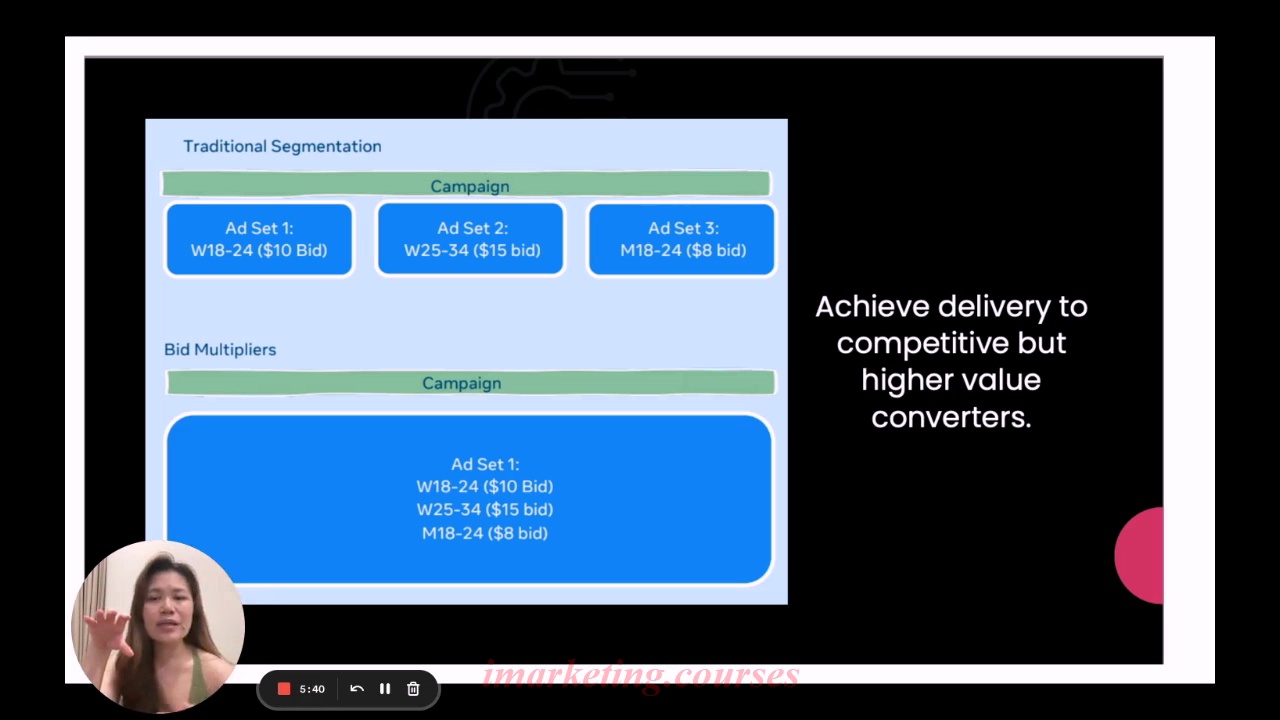
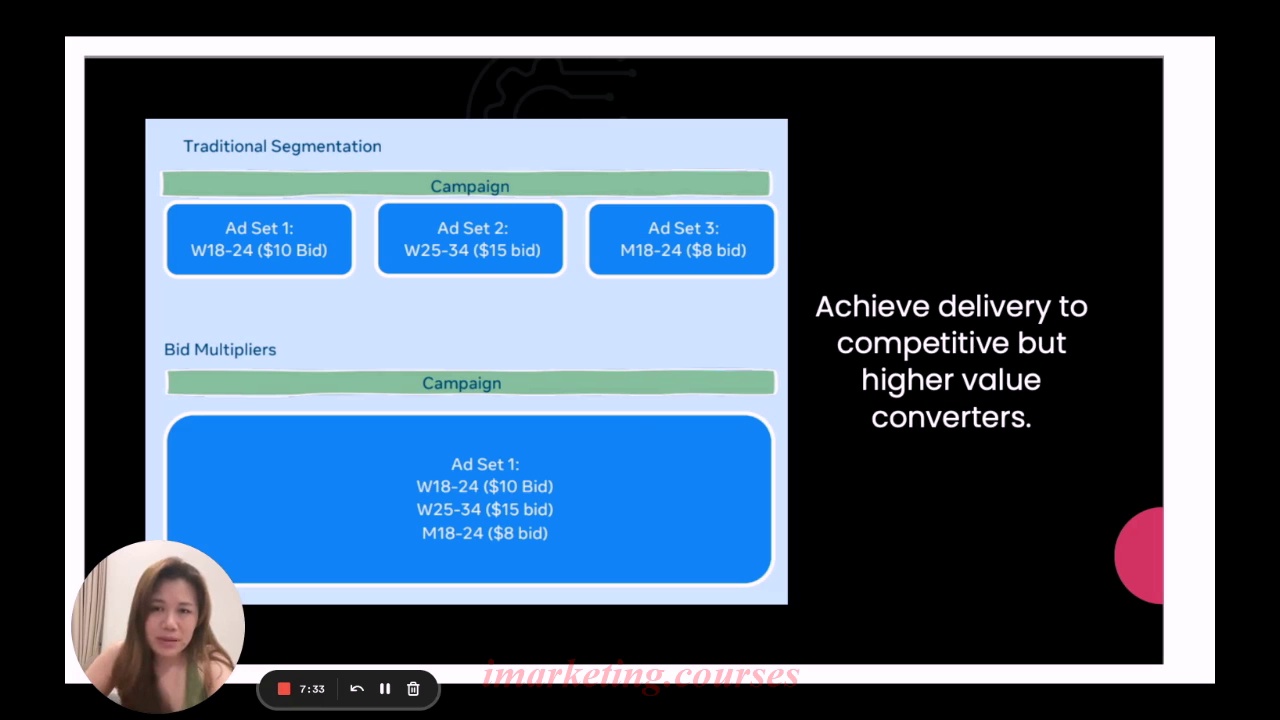
Facebook is a good platform for rapidly testing creatives before applying learnings to YouTube campaigns. The narrator treats Facebook like a playground to test out different video ads.
To scale campaigns, the narrator recommends starting with multiple ads in one ad set rather than one ad in one ad set. This avoids learning phase issues when new ads are introduced. Also, consolidating multiple offers into one ad account helps minimize audience overlap issues.
When optimizing campaigns, it's crucial to identify consumer purchasing behavior patterns based on day of week in order to know when to scale up or scale down budgets. Don't launch new campaigns on low revenue days. Capitalize on high revenue days by scaling up top performers.
When daily budgets are low, calculated risks can be taken to increase budgets more than 20% to capitalize on wins. However, for already high-spending campaigns, increase budgets slowly by 20% to sustain performance.
Sustaining performance is more important than testing new things. Leverage campaigns with historical data rather than try completely new targeting. Creative optimization is key to sustain performance long-term.
The narrator has found success with Advantage Shopping Campaigns and Facebook's automated bidding strategies that allocate higher bids to valuable customer segments. These are worth testing out.
.Peter Kell VSL 7.6 to 8.1 - Part 4







































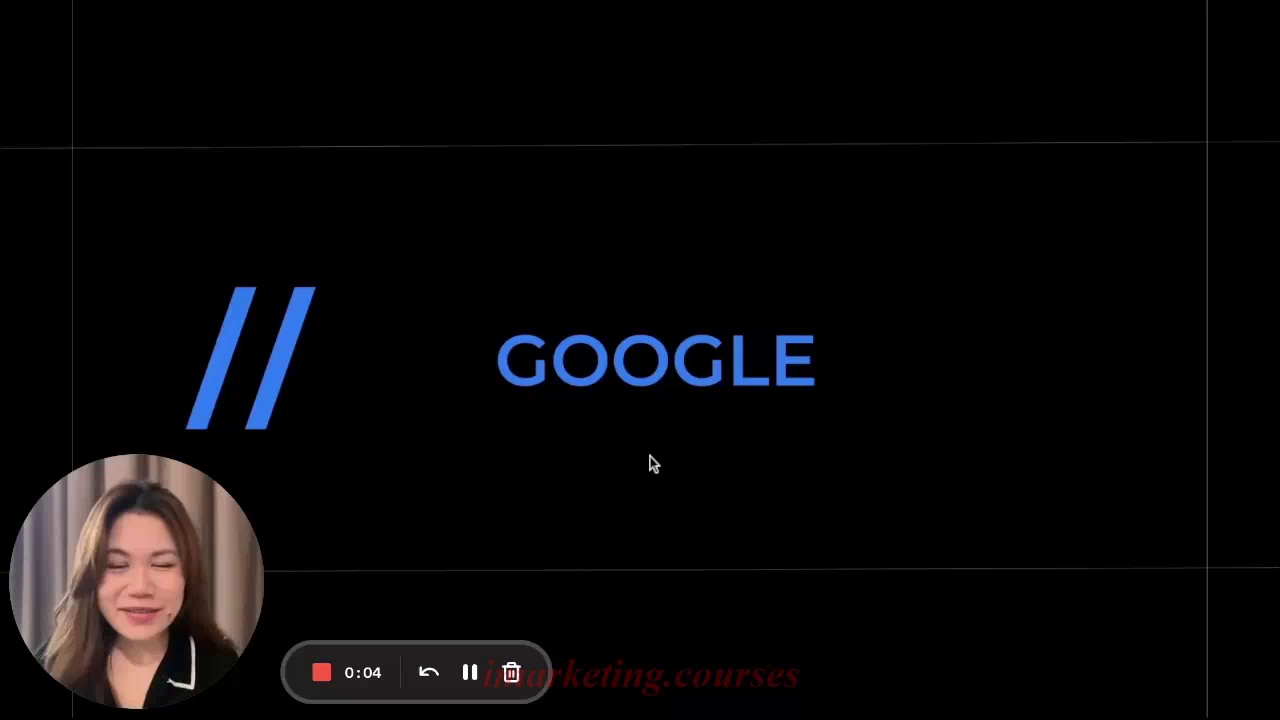
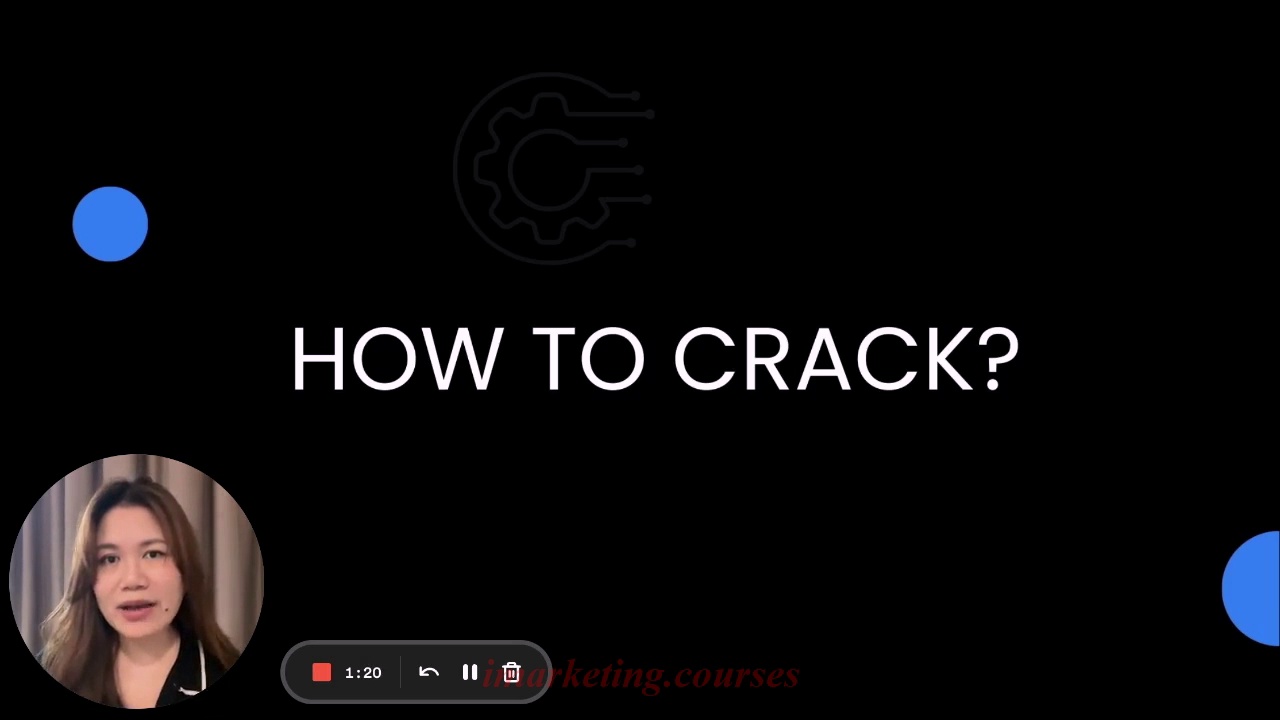
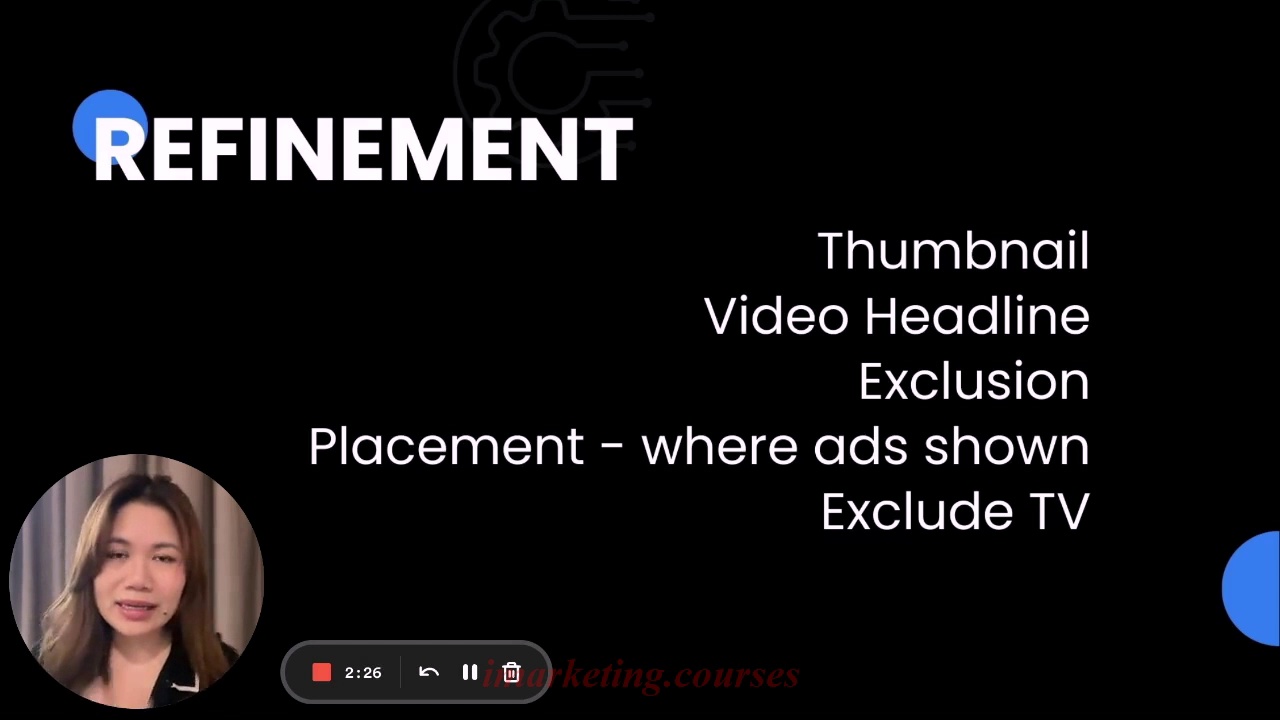
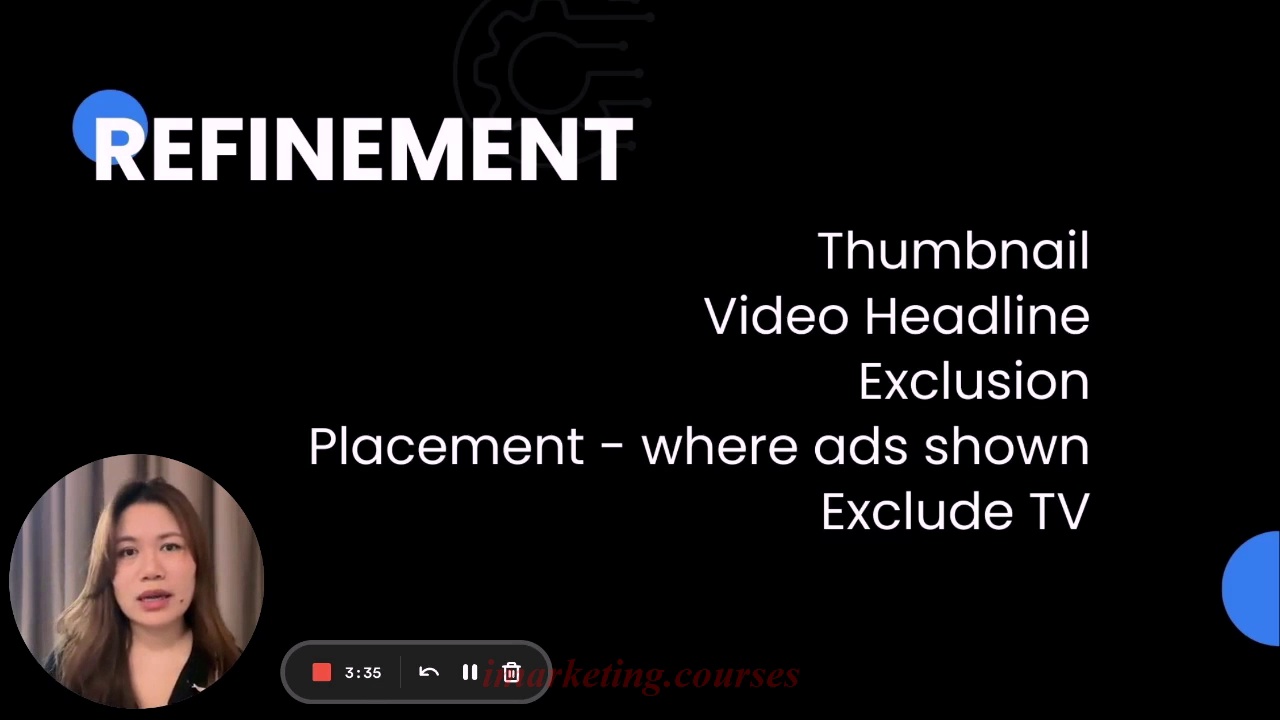
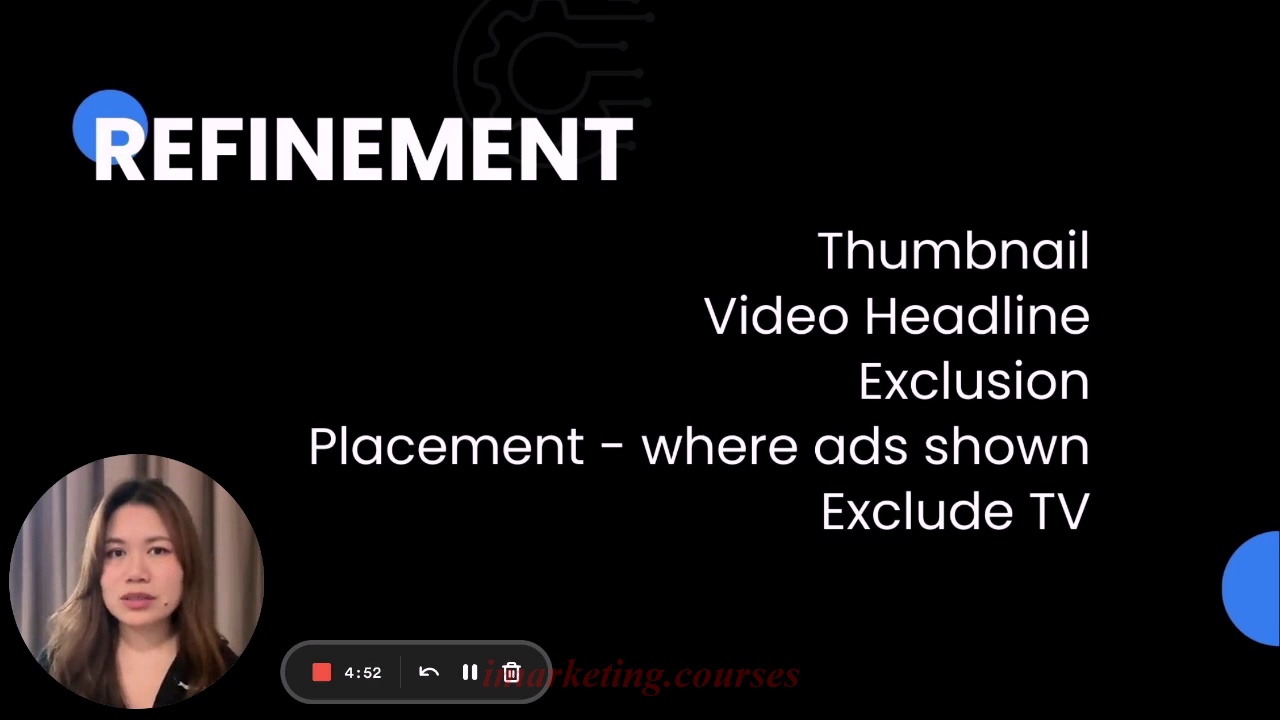
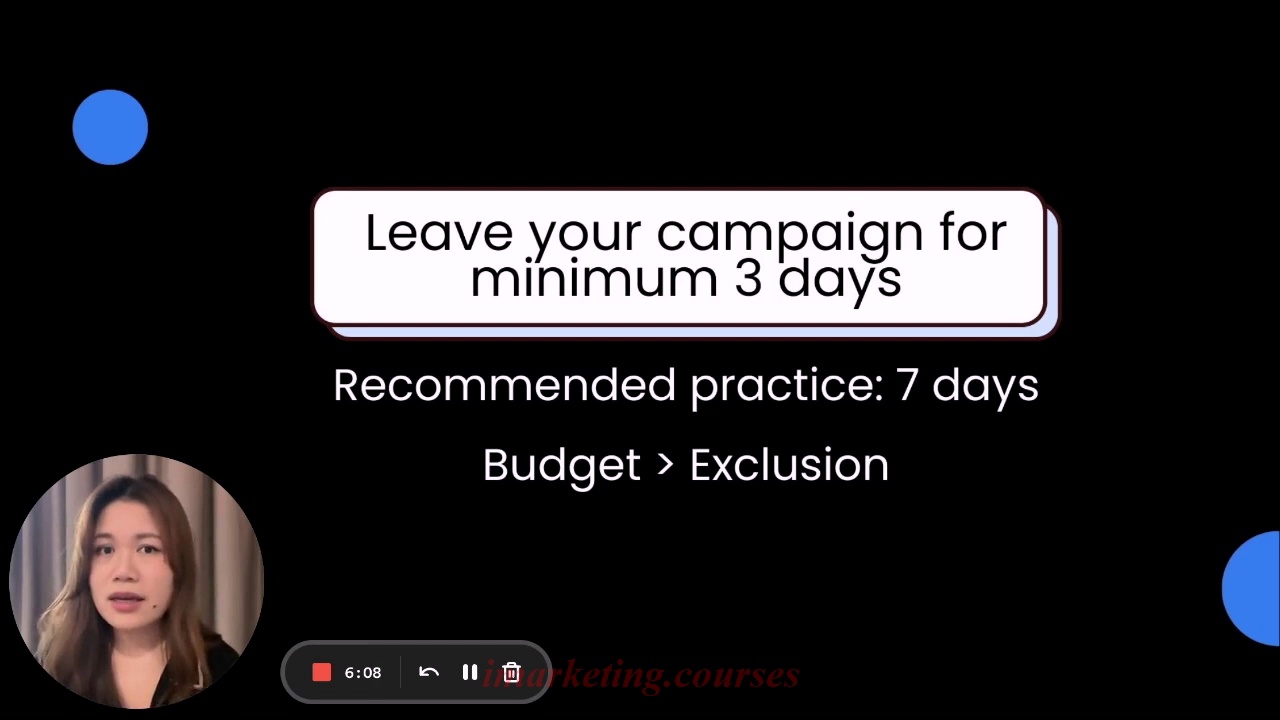
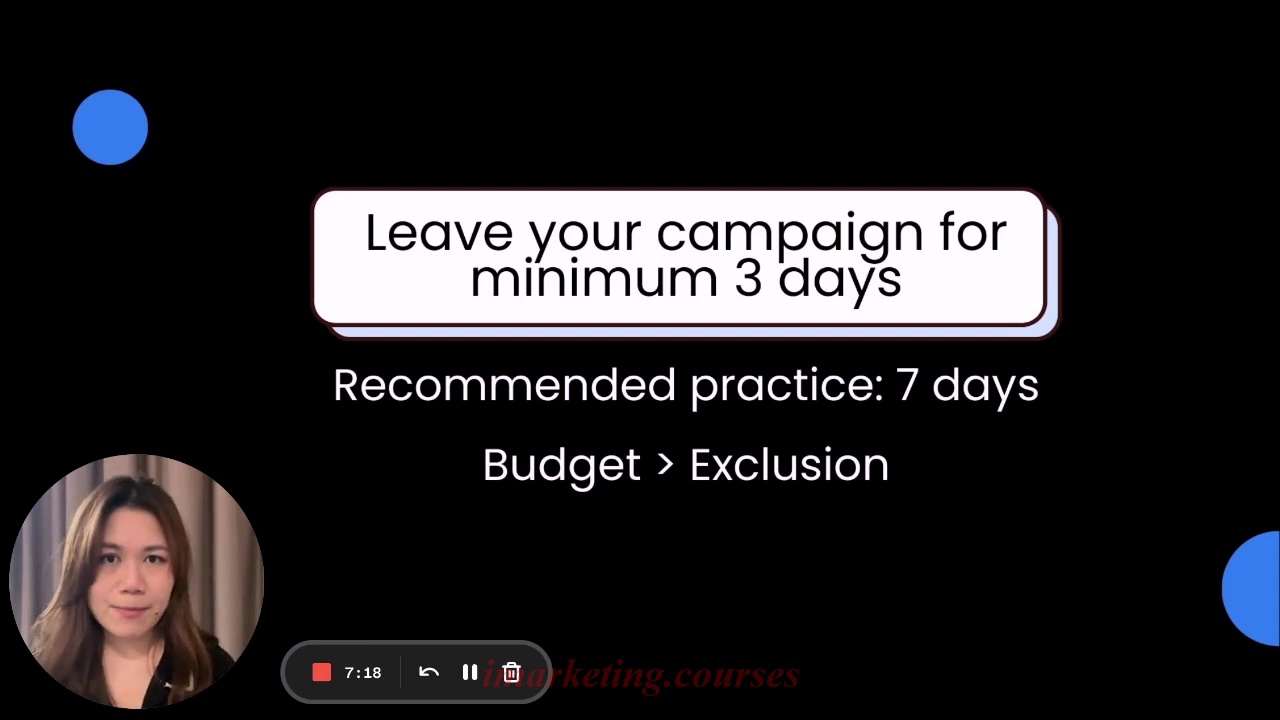
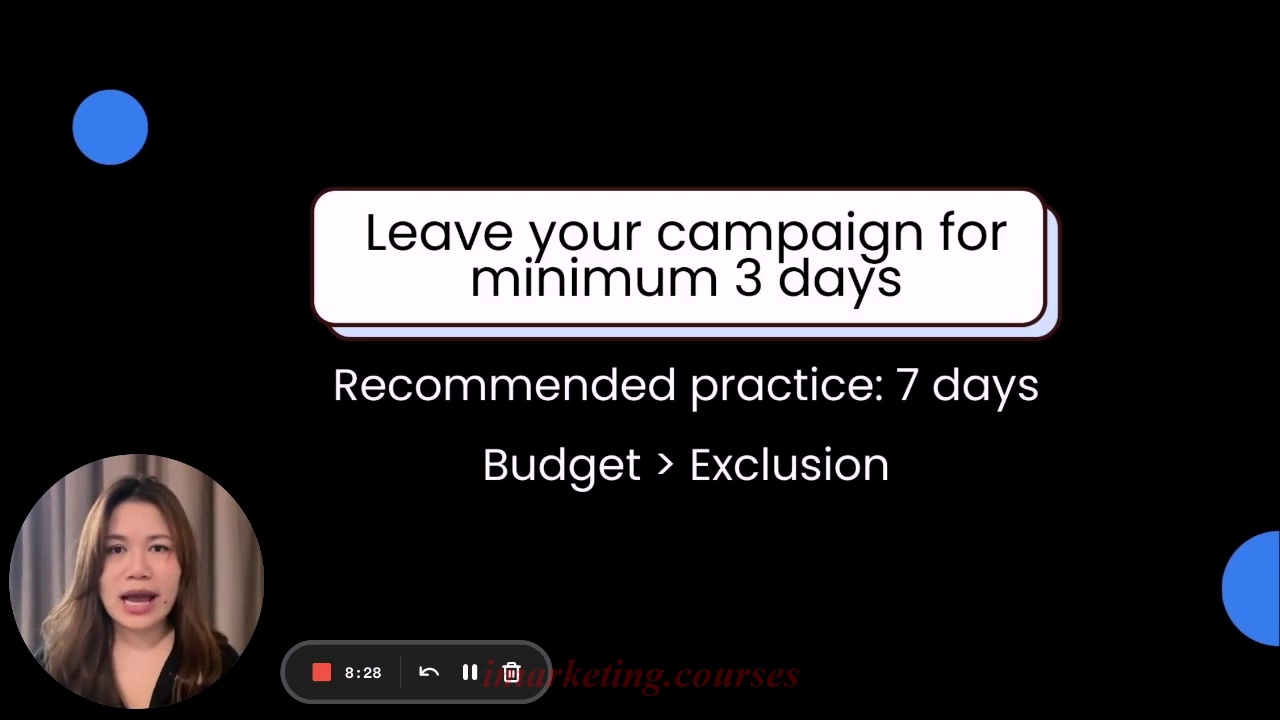
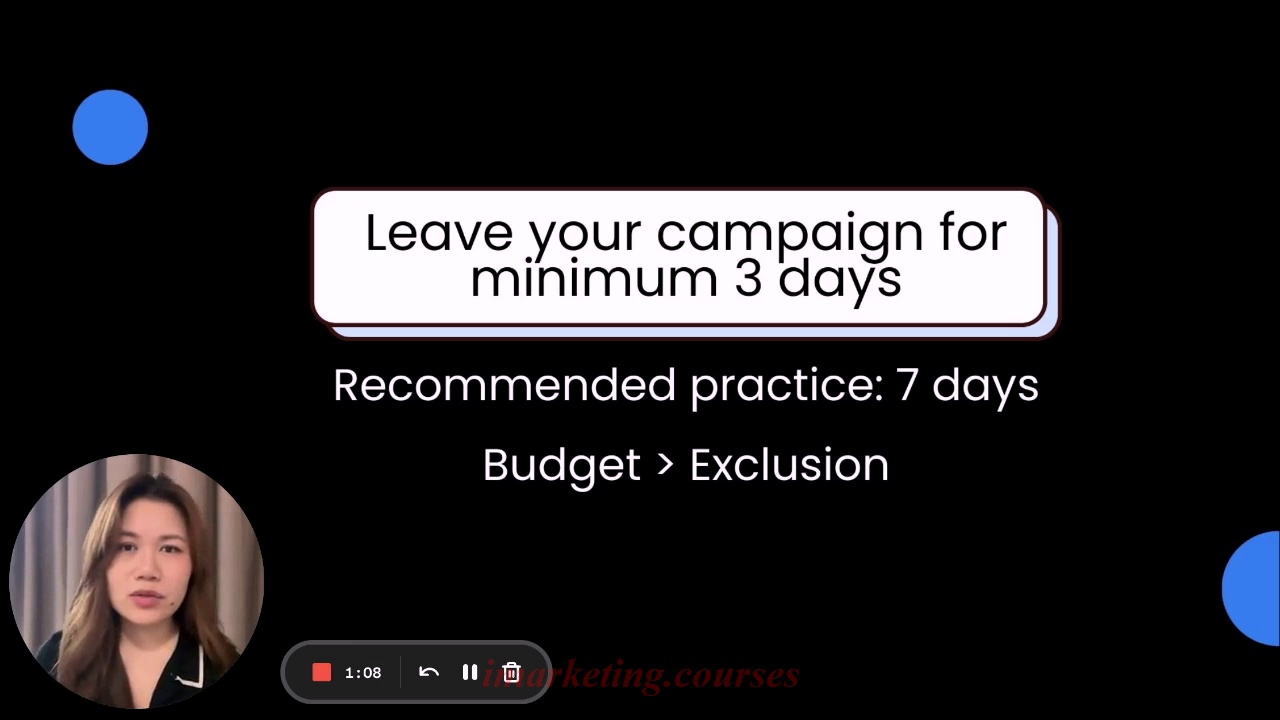
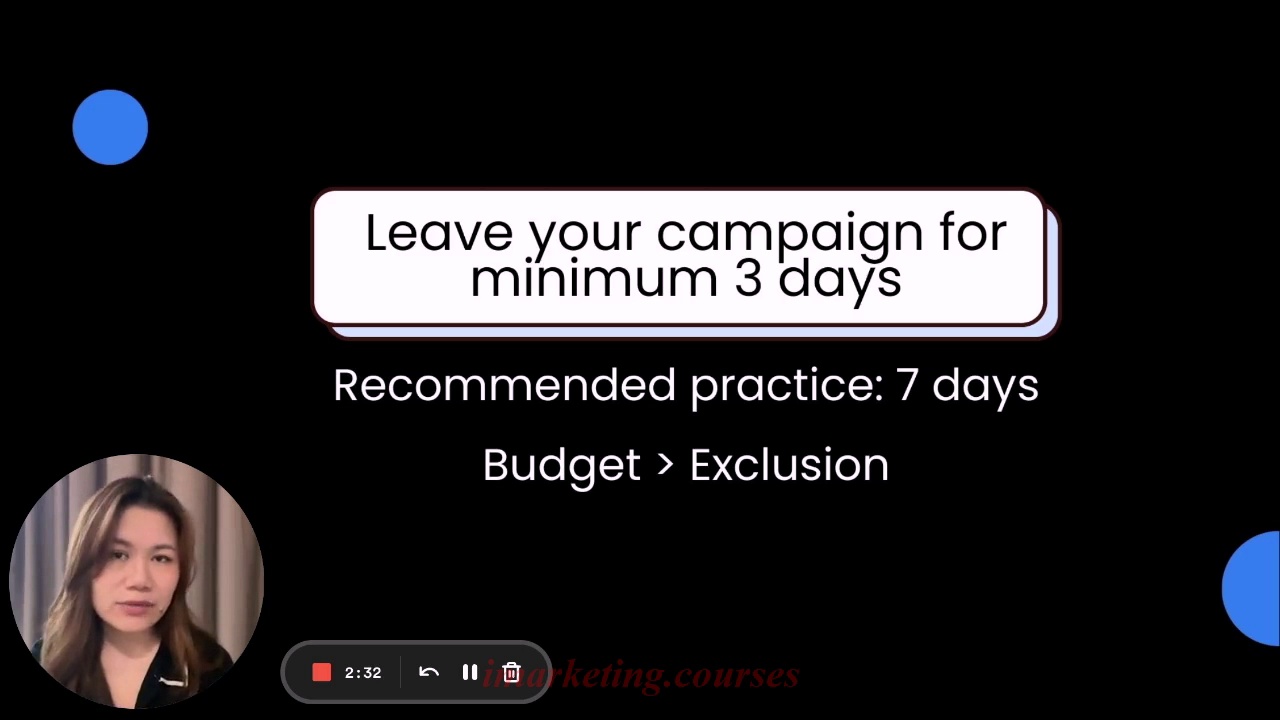
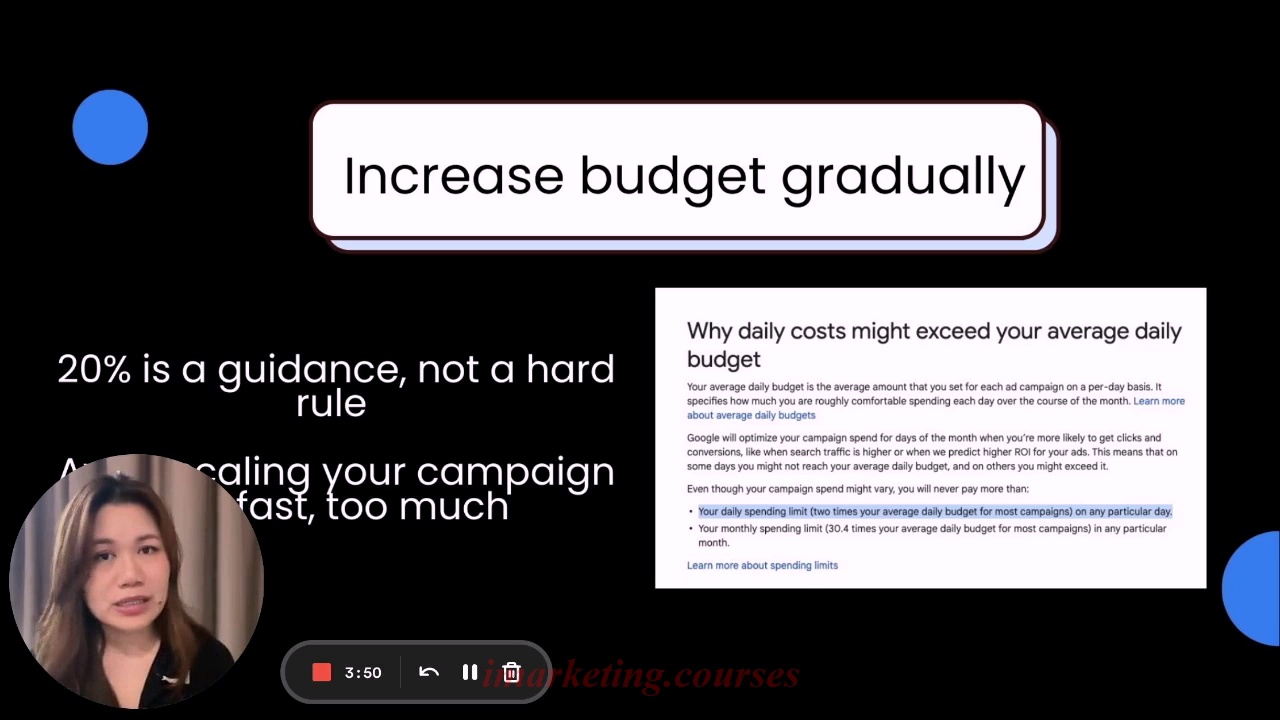
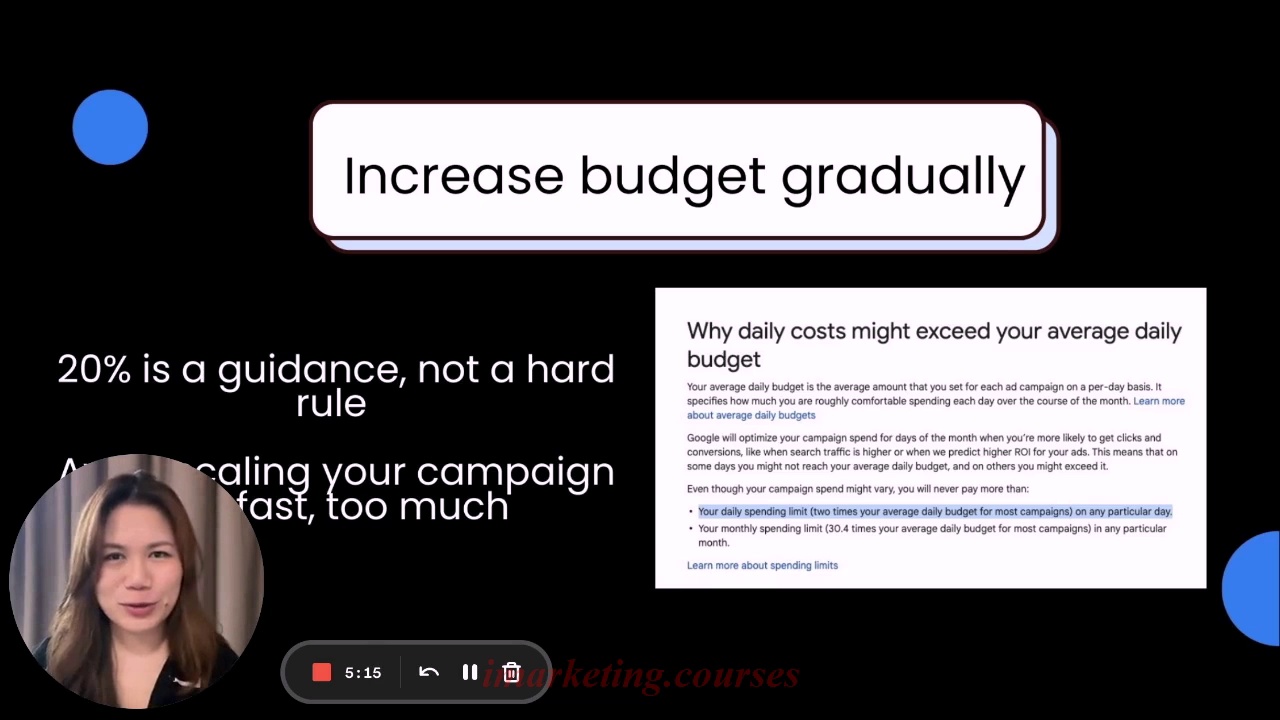
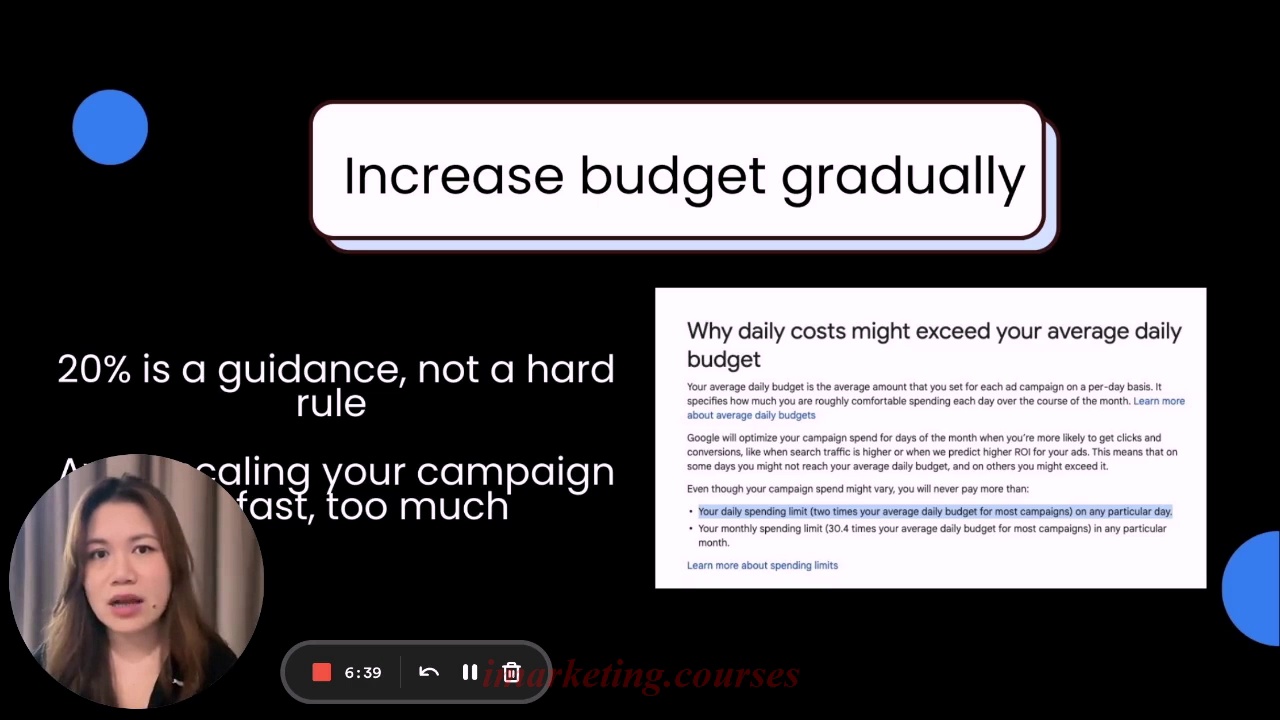
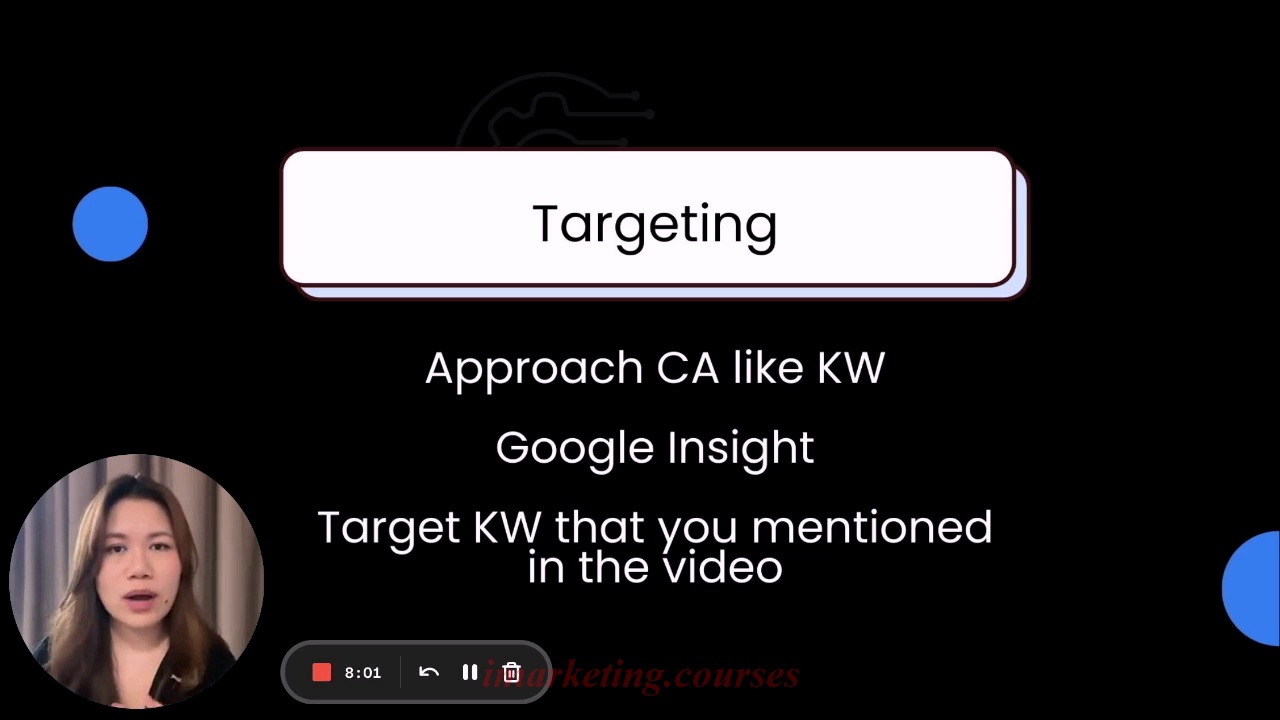
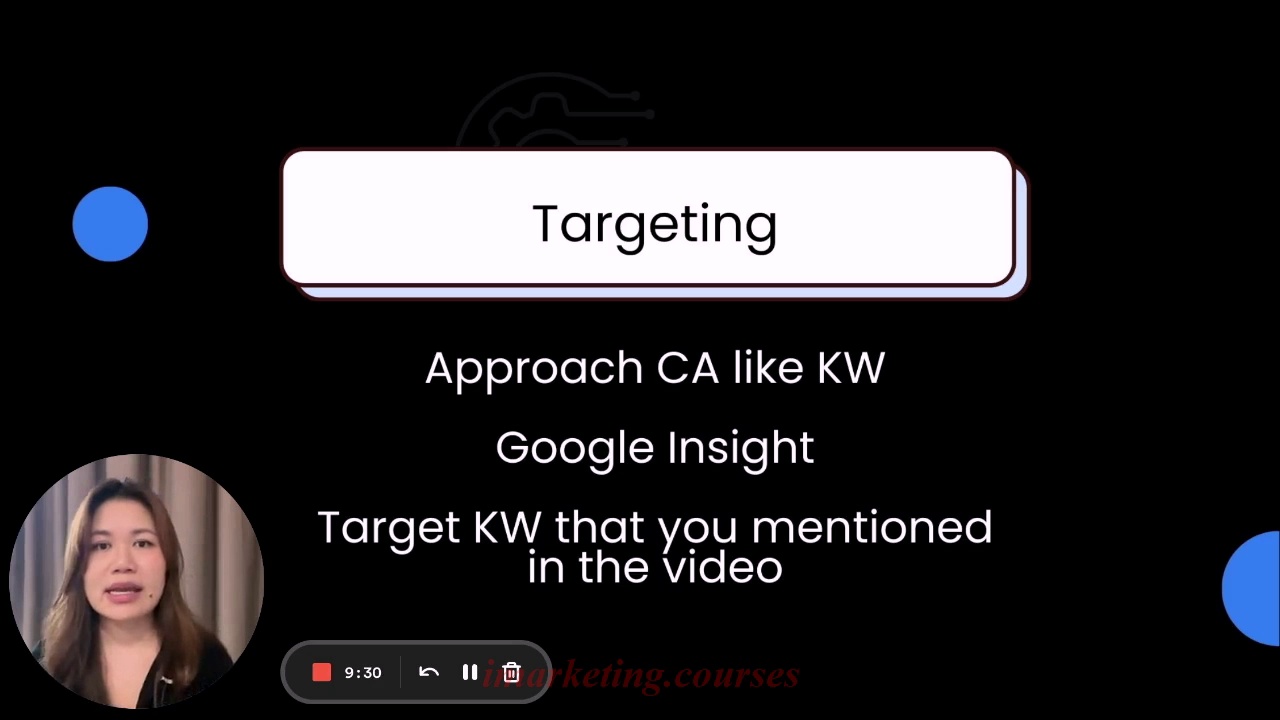
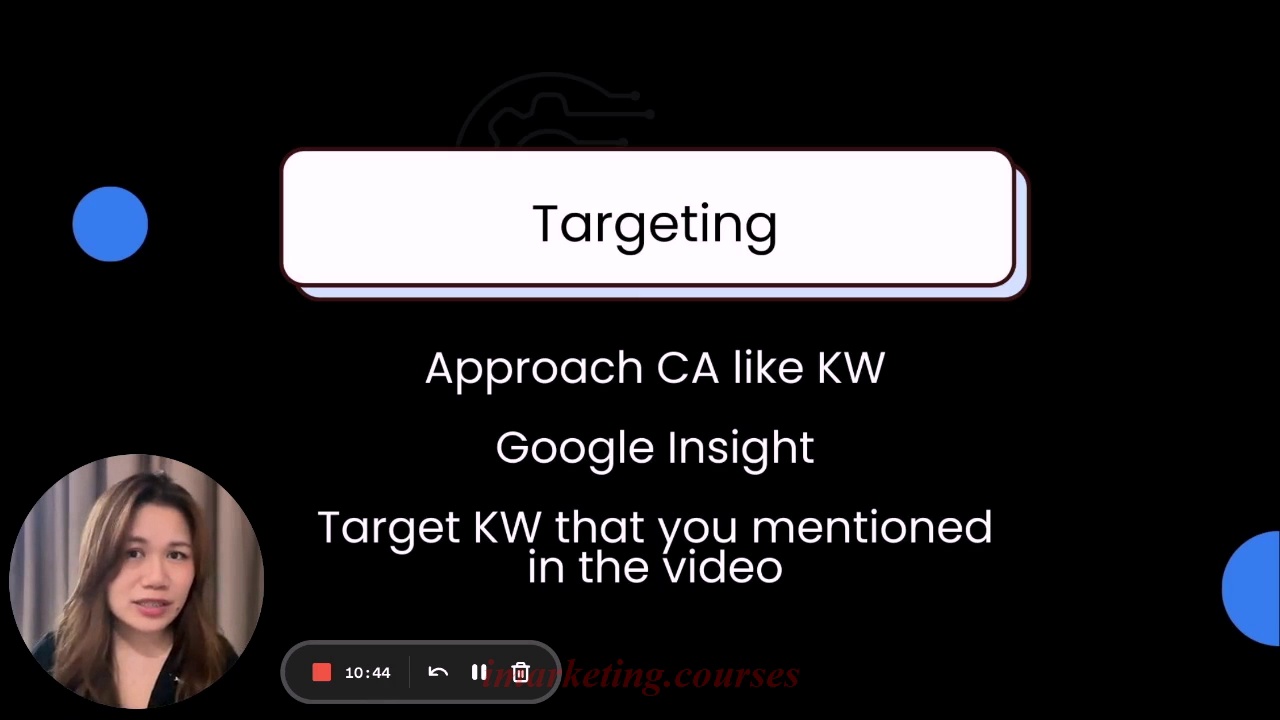
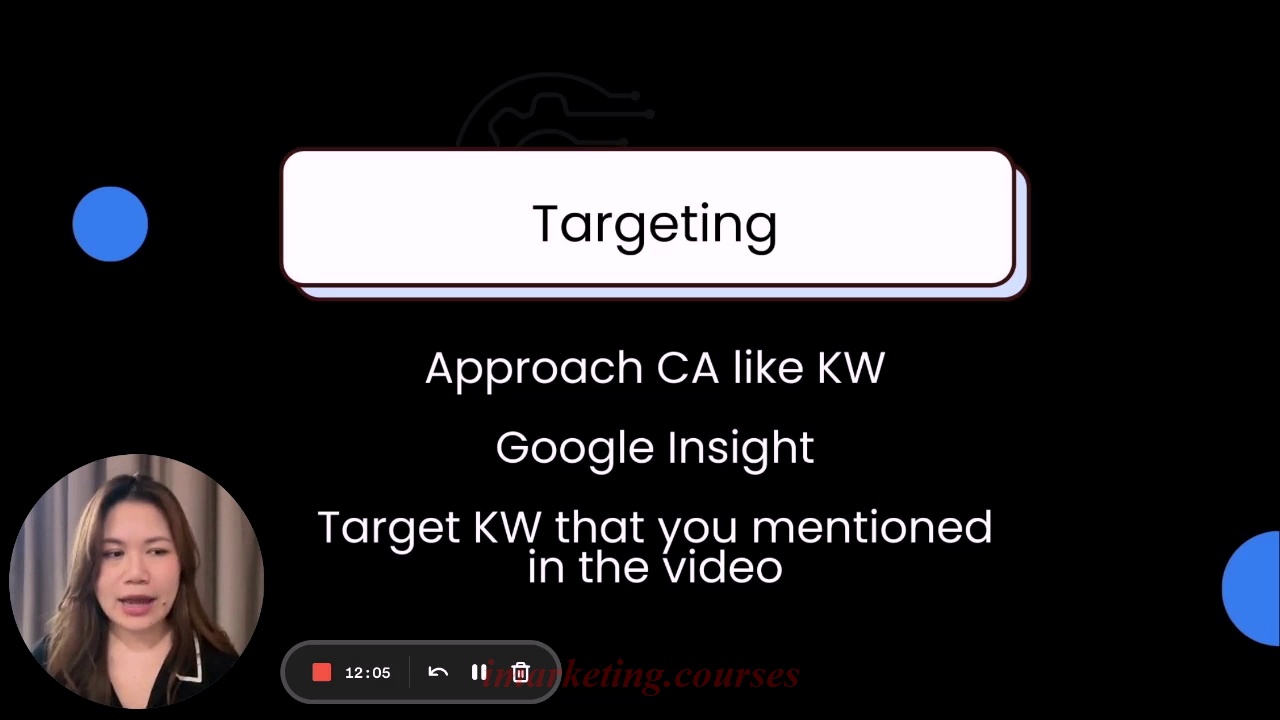
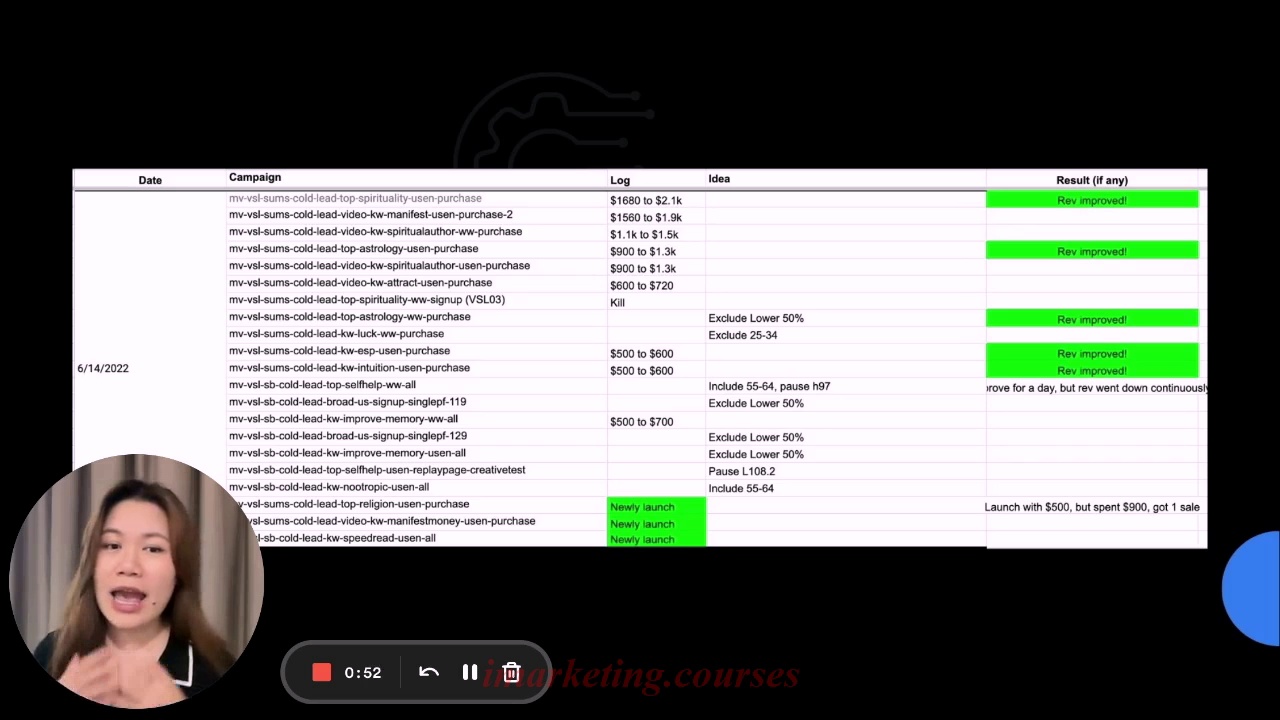
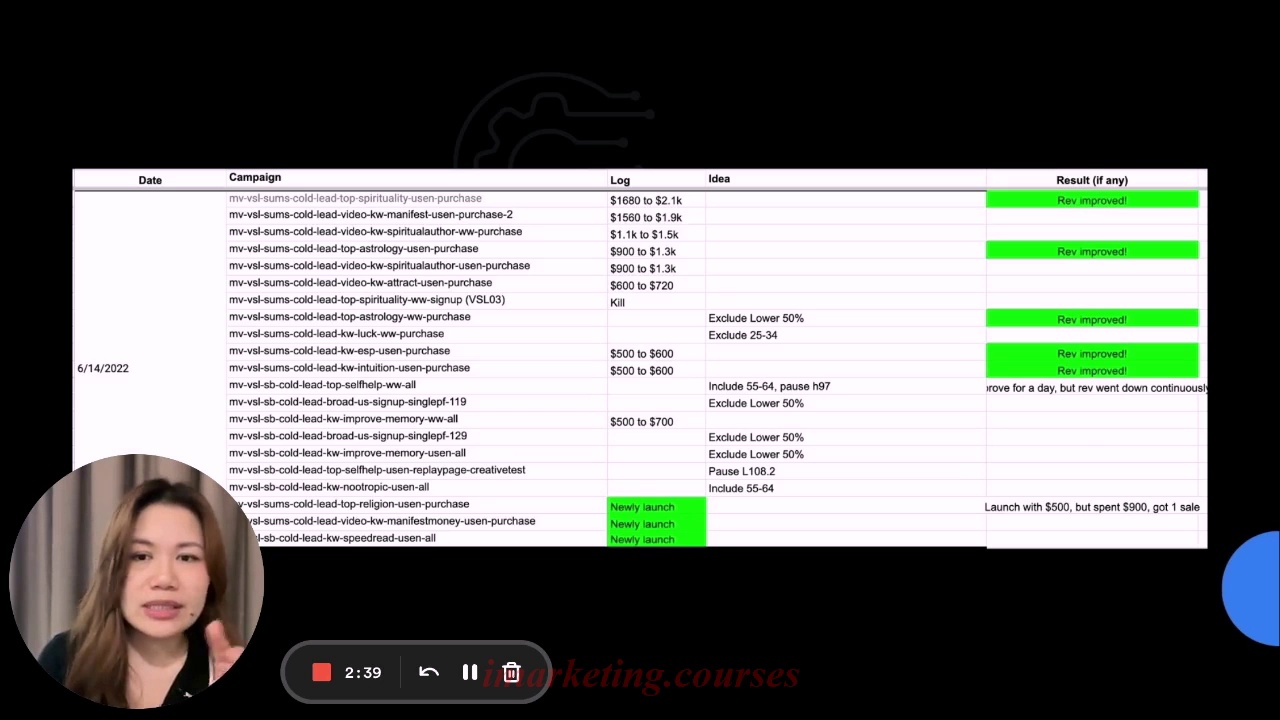
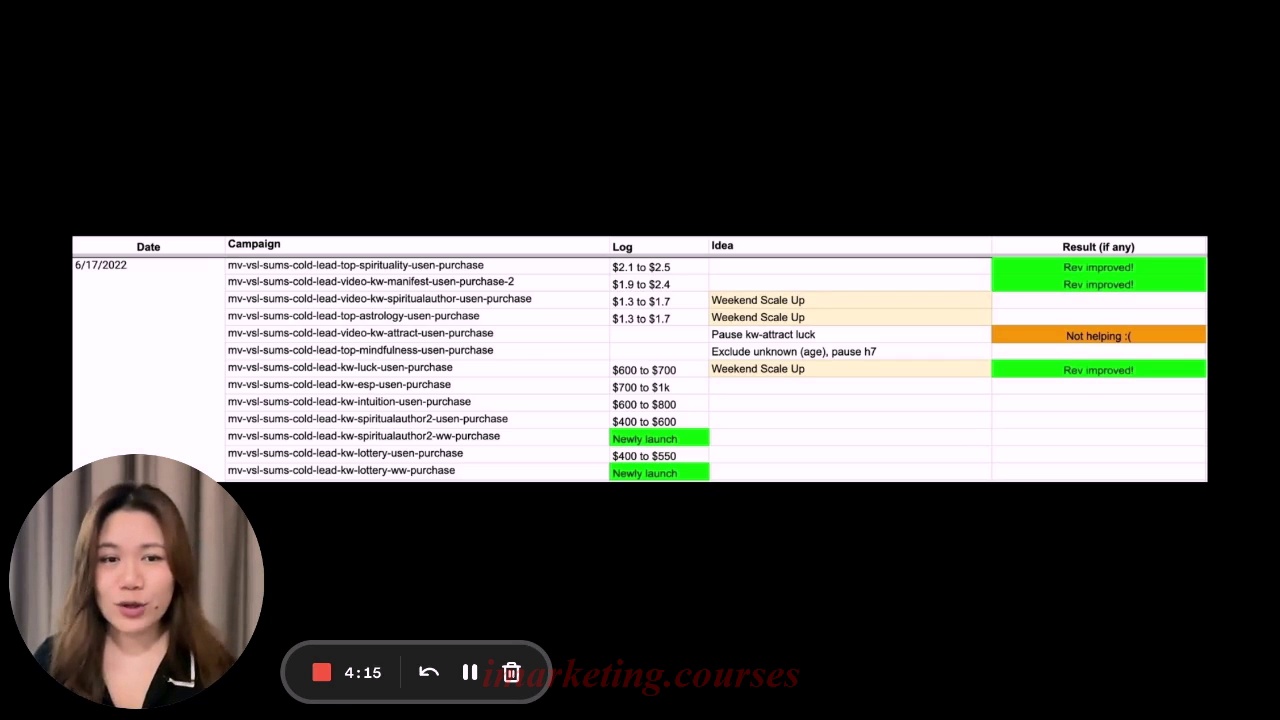
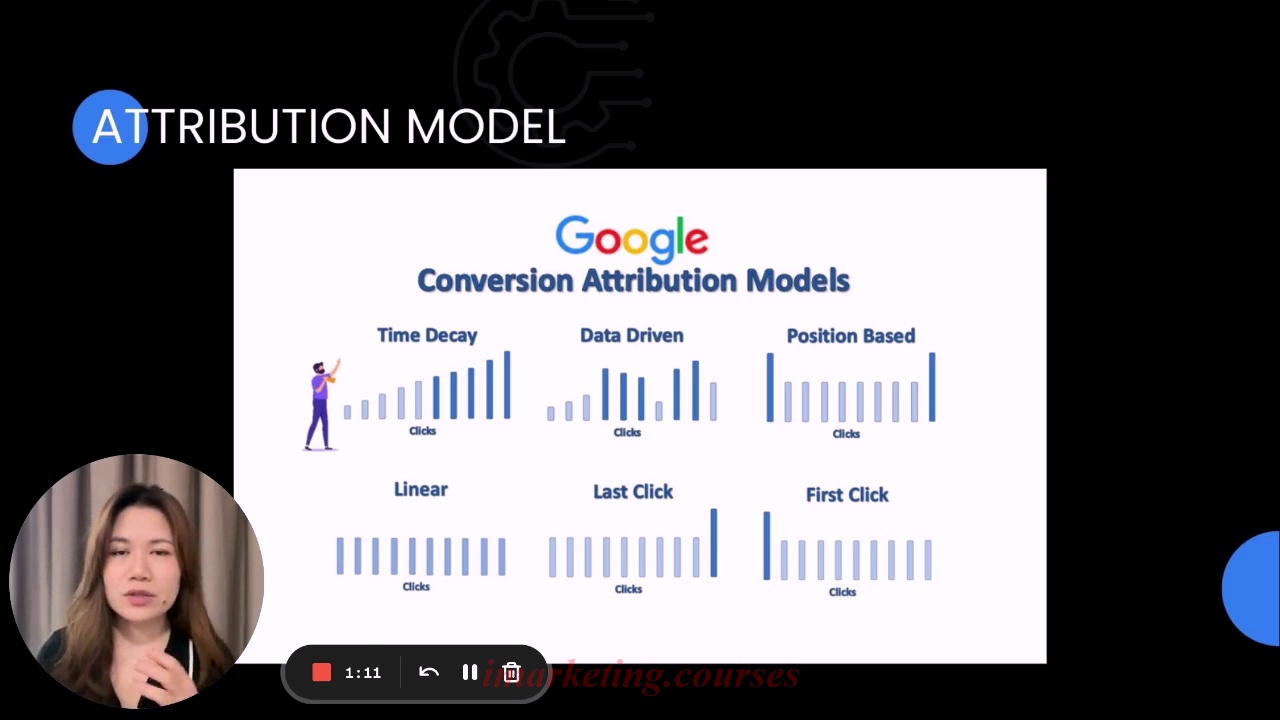

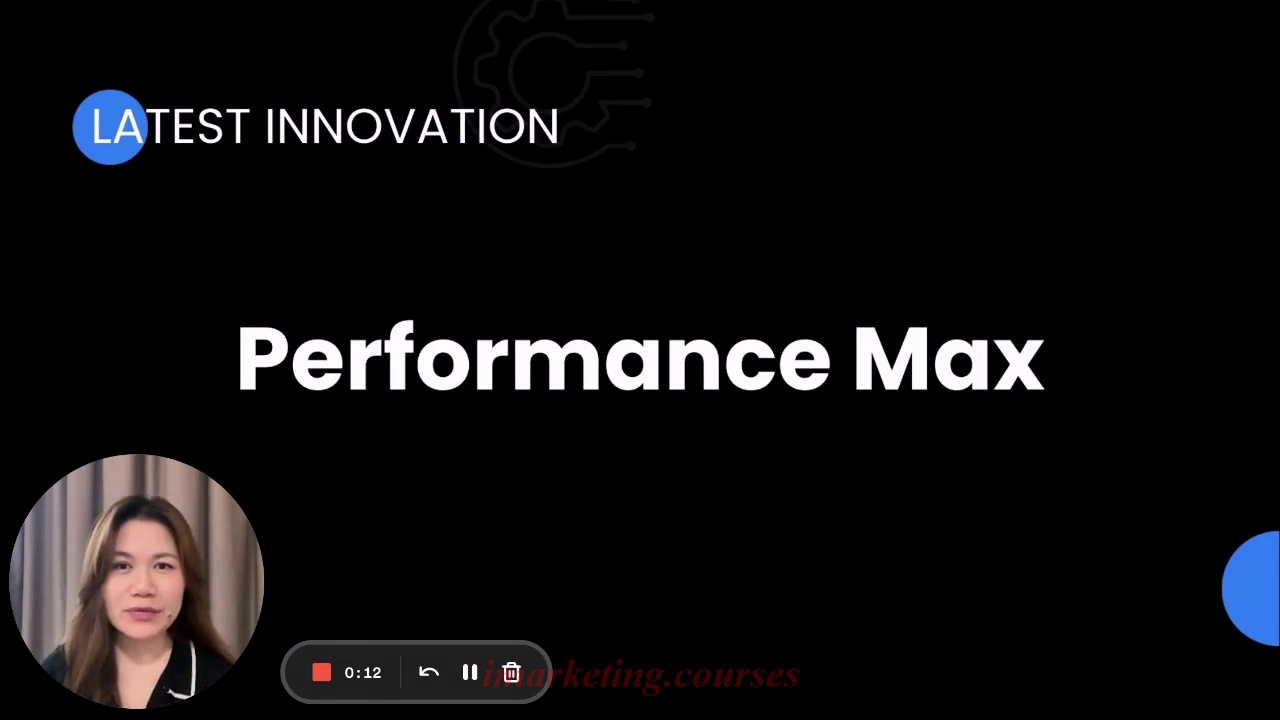
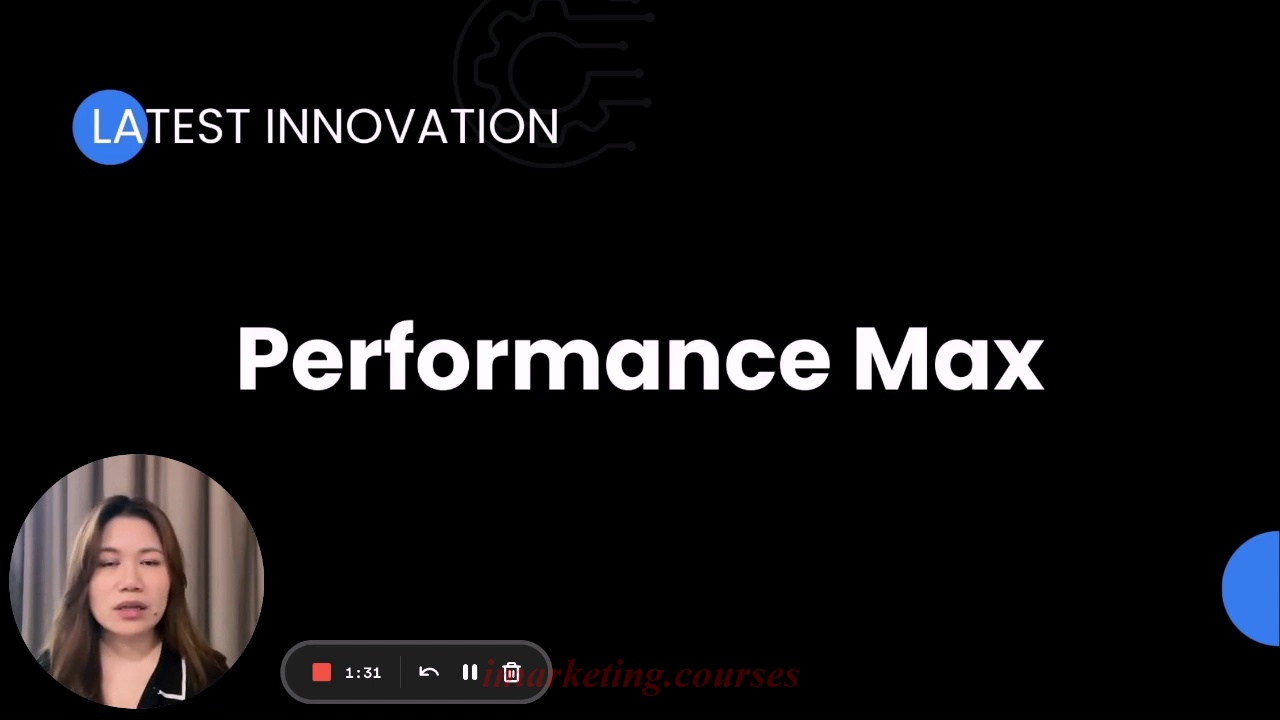
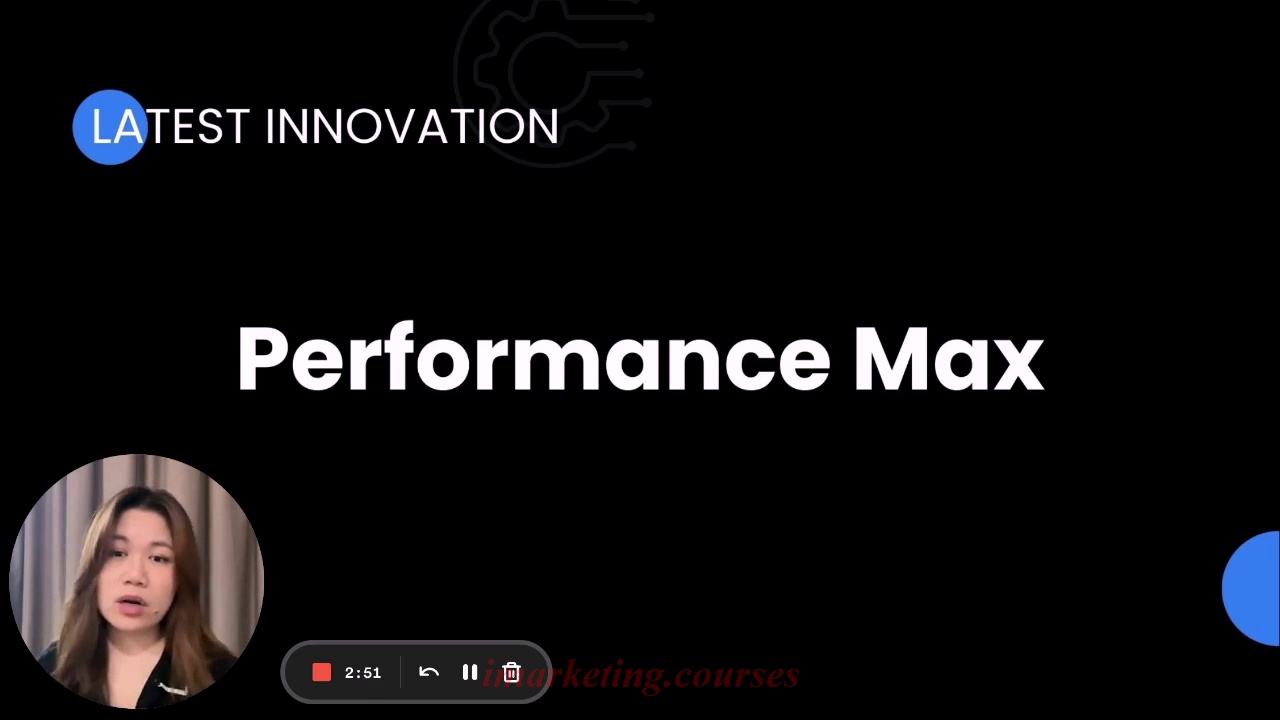
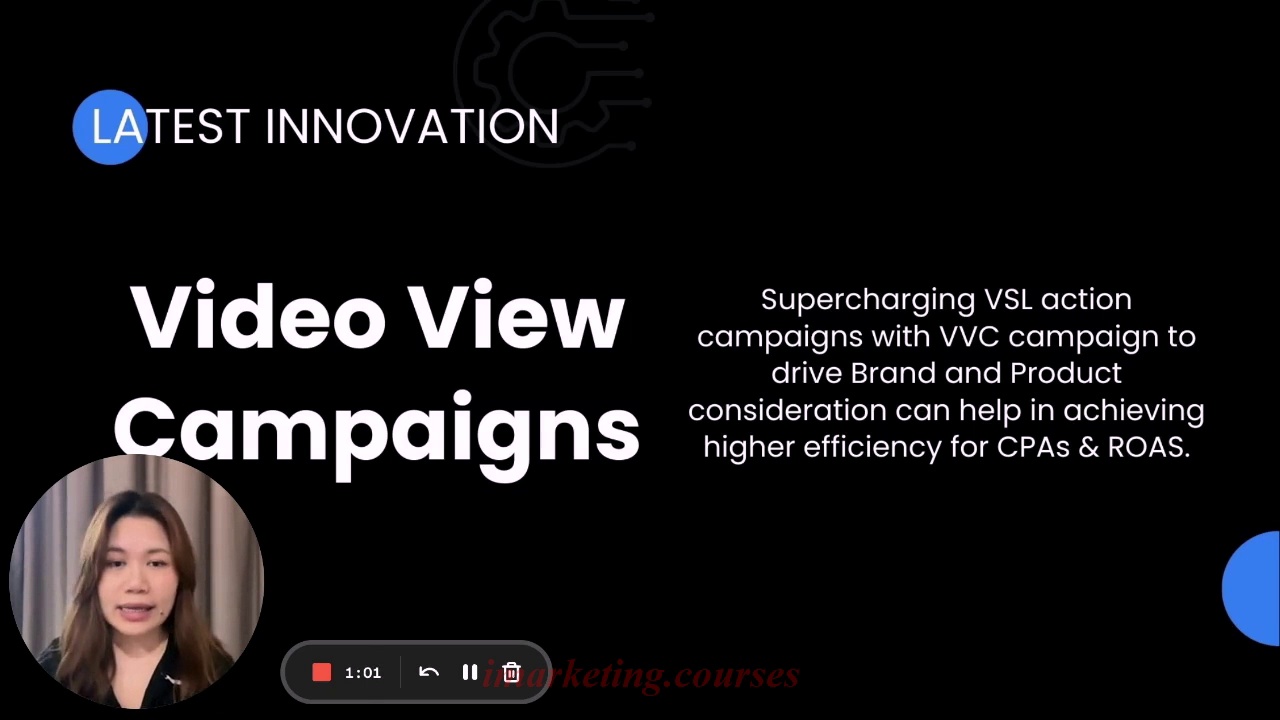
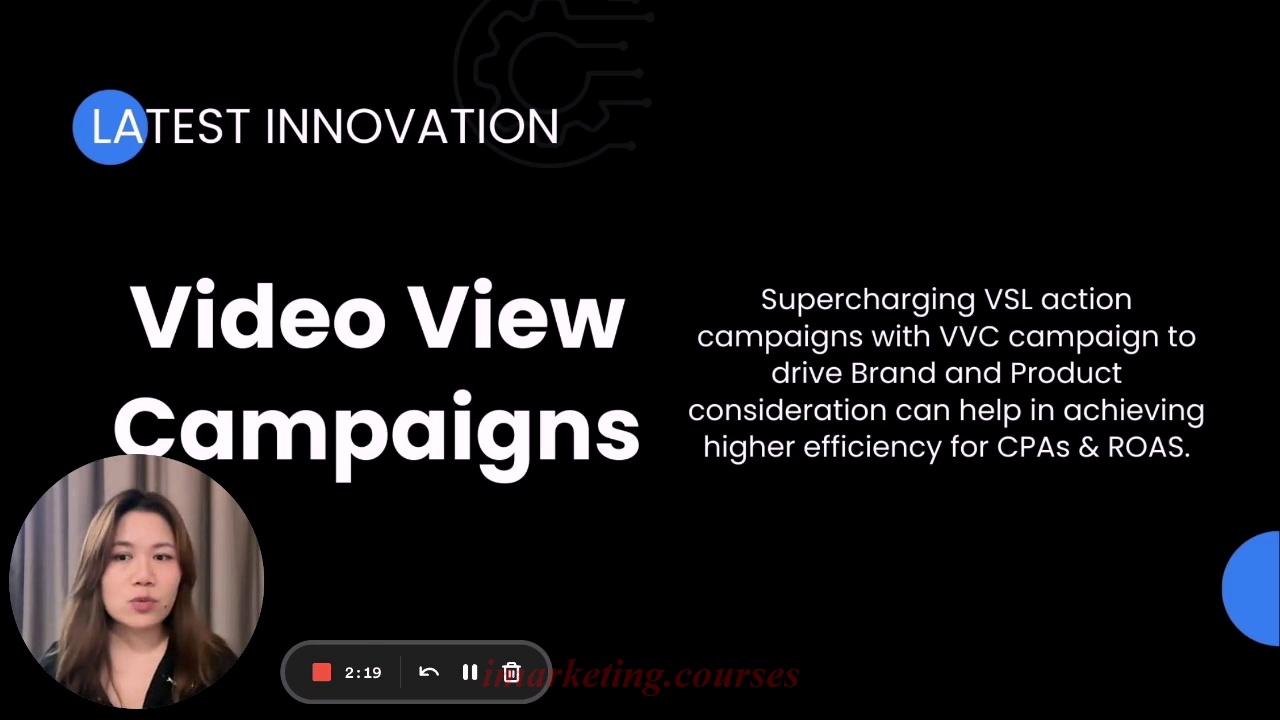
The narrator says refinement of elements like thumbnails, headlines, exclusions, and placements is key to cracking Google Ads. Rapidly test creatives on Facebook first before scaling winning ones on Google.
When optimizing Google campaigns, leave them untouched for the first 3 days regardless of performance to let the algorithm learn. Focus budget increases on top performers first not struggling campaigns. Increase budgets gradually, 20% at a time typically, but can be more aggressive on lower budgets. Avoid drastically cutting budgets as Google will still try to spend what you previously set.
Leverage custom audiences like keywords, with specific focused targeting. Use Google Insights to find relevant secondary audiences. Continually refine targeting as daily ad spend increases. Video view campaigns build awareness with lower CPMs before conversion campaigns take over.
Proper attribution model setup is vital. Last click works but optimizes towards ROAS directly best. Performance Max autocreates ads and placements, break into separate campaigns by country to optimize better.
The narrator previously helped increase revenue to $1.6 million per month with these optimization practices. Still advises starting with Facebook before scaling winners on Google.
.Peter Kell VSL 7.6 to 8.1 - Part 5



































































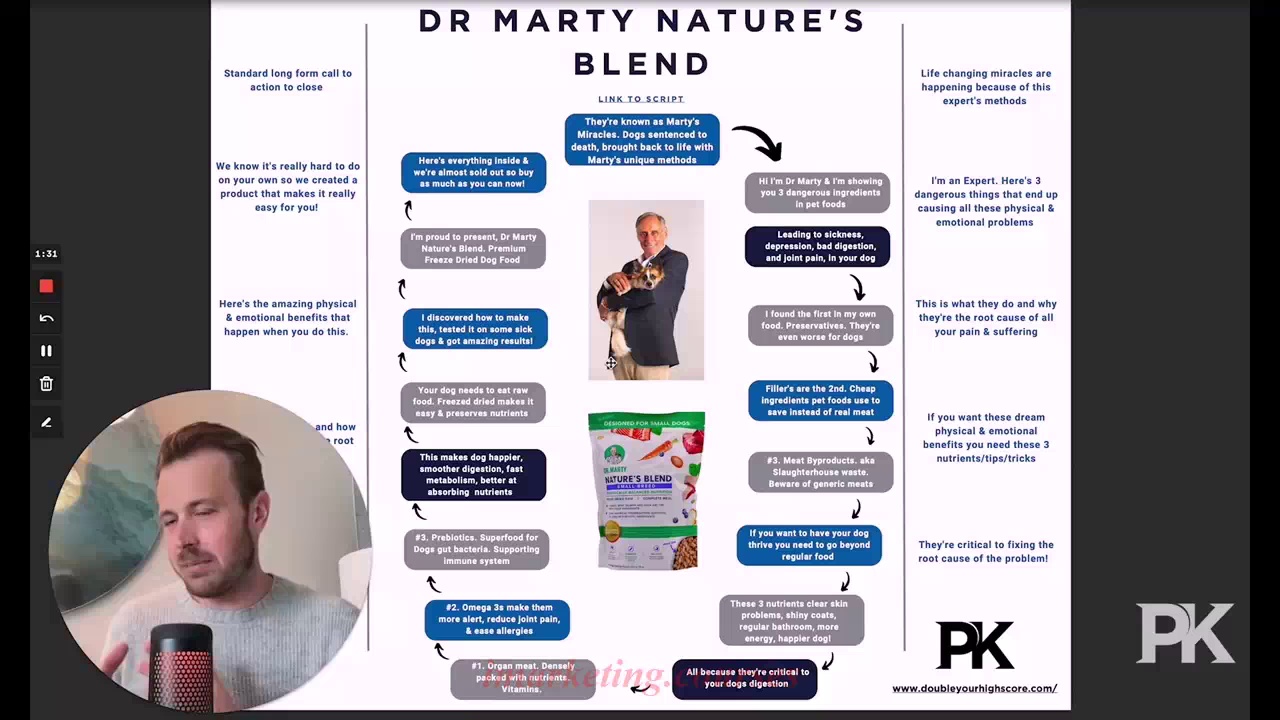
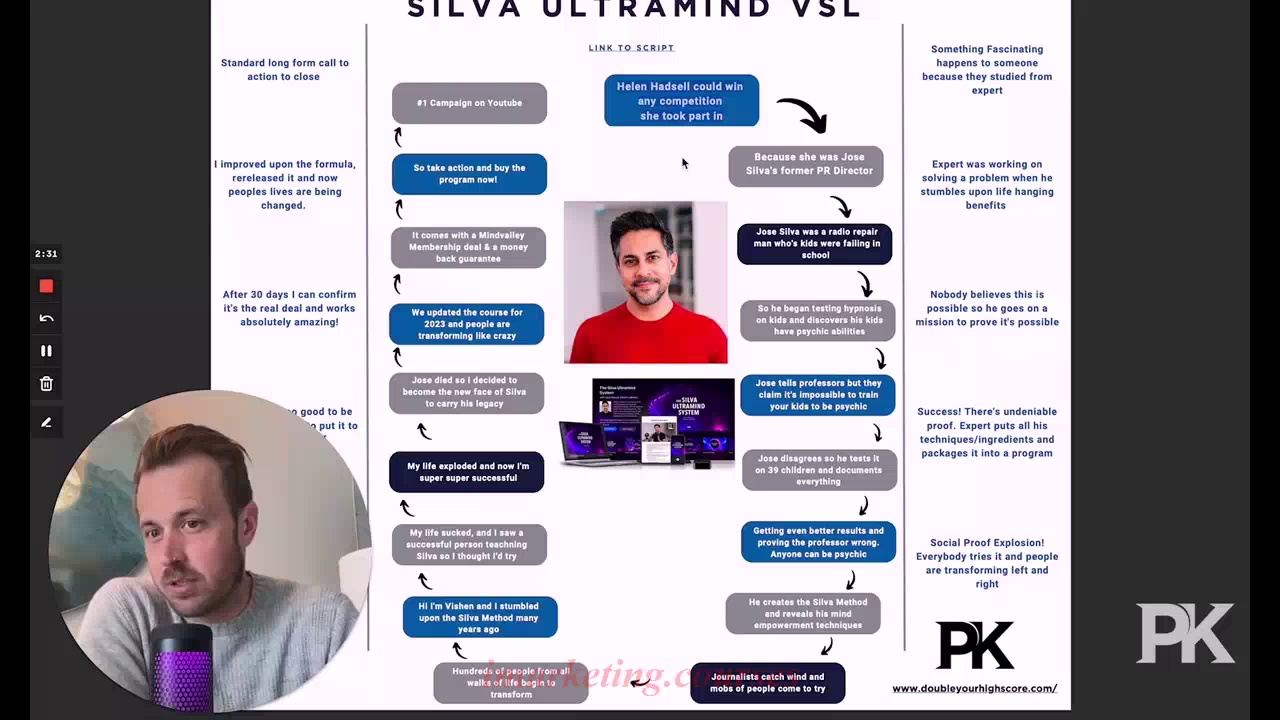
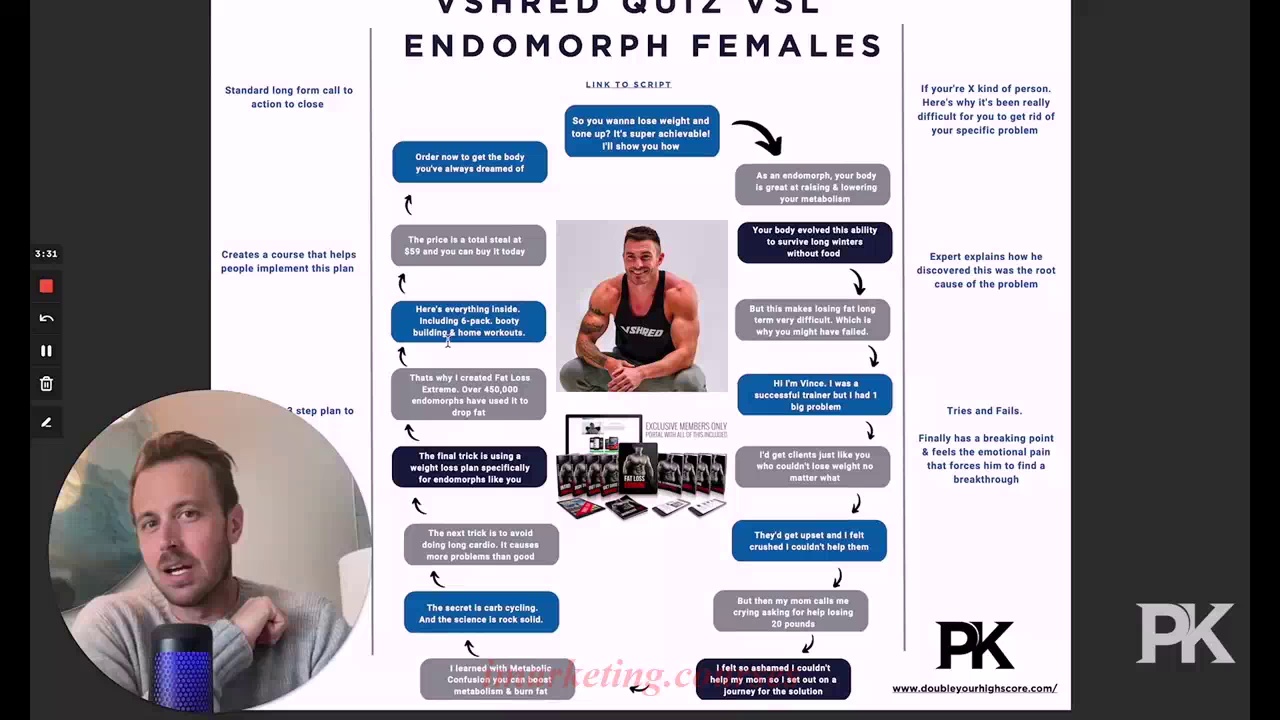
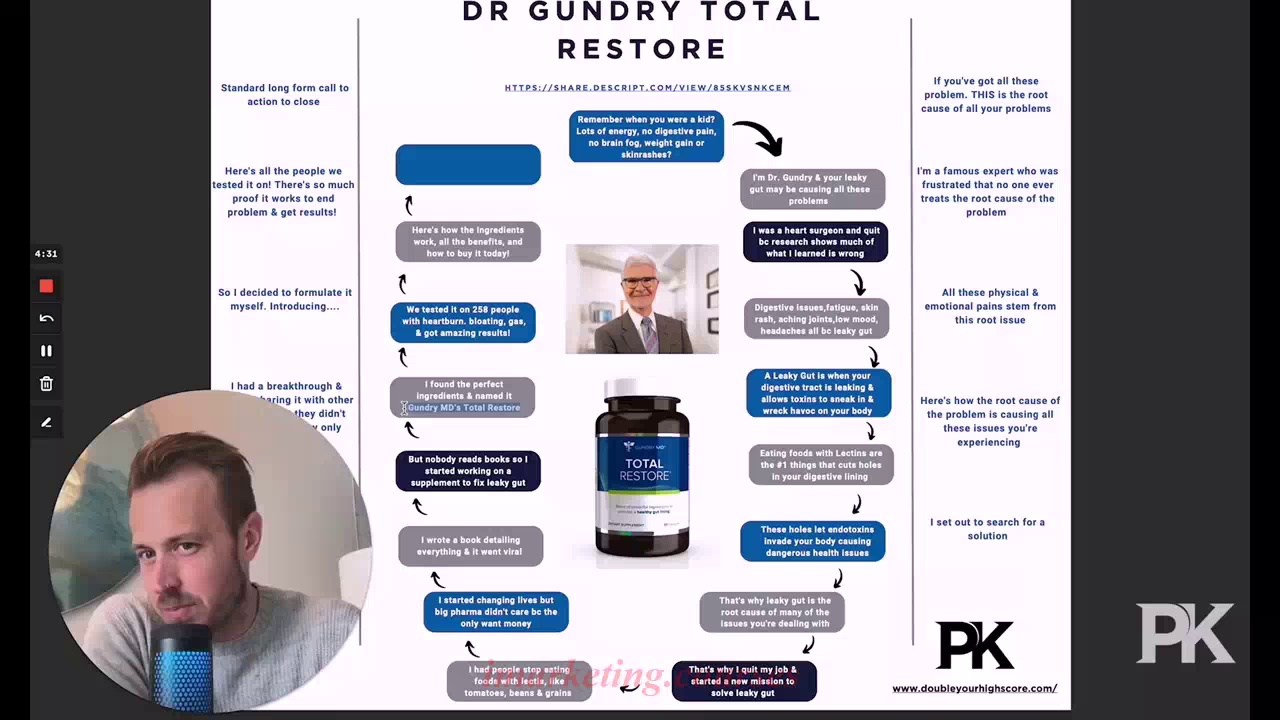
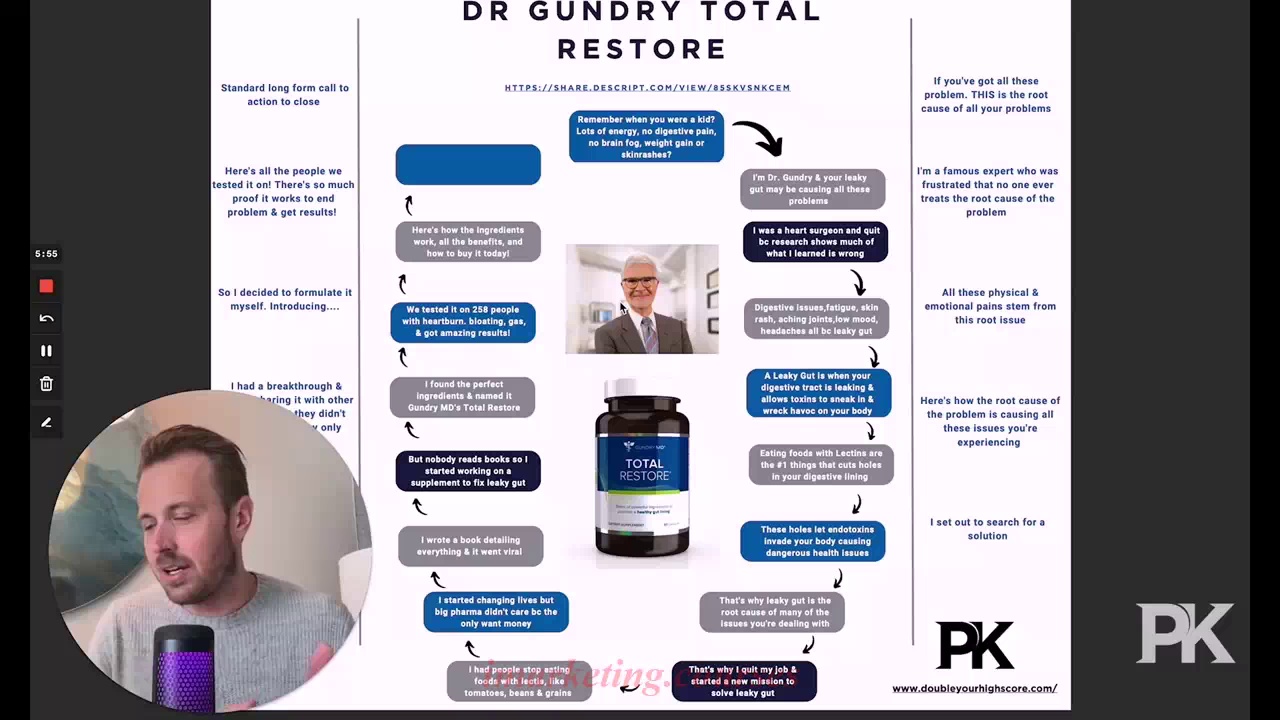
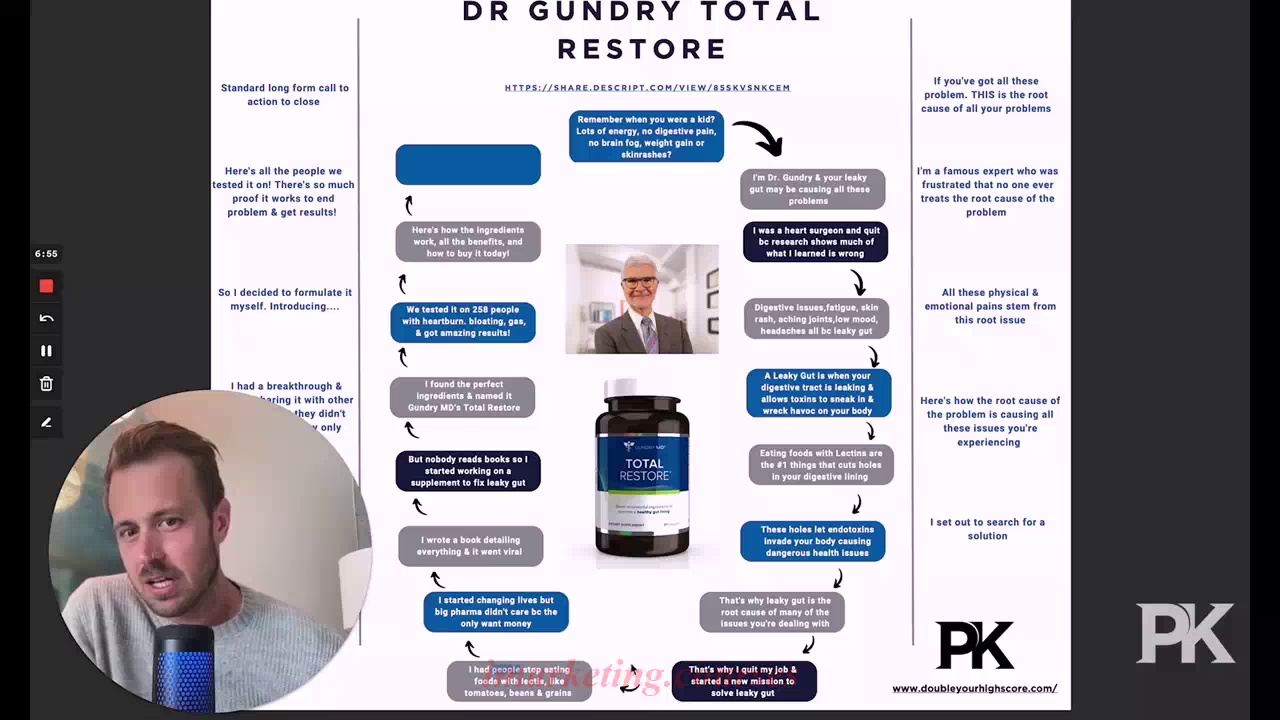
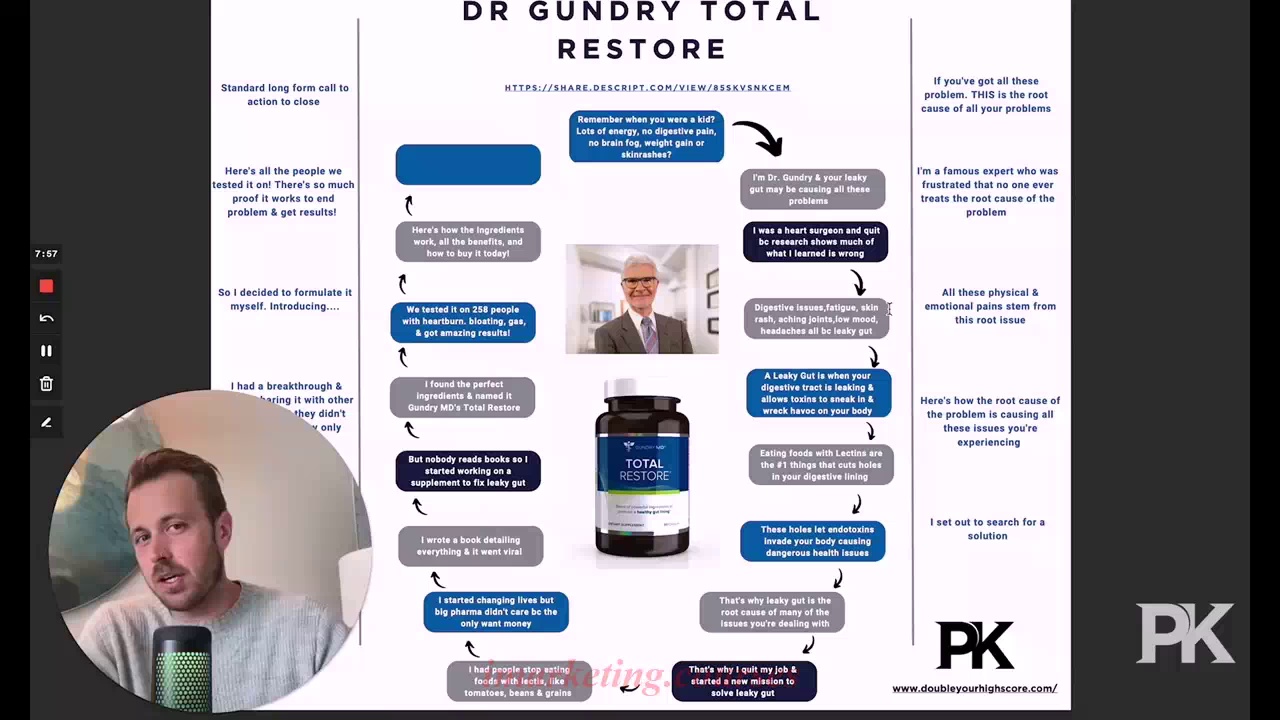
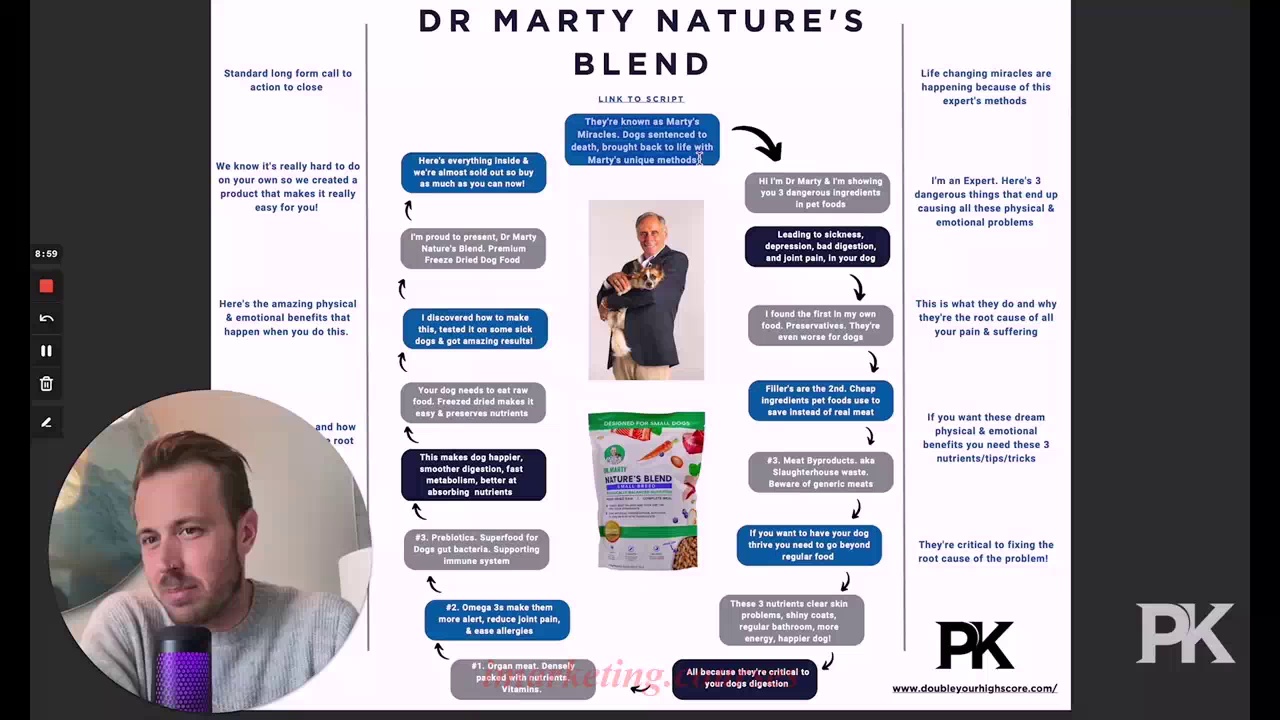
The narrator explains the process of creating a sales funnel storyline. First, gather information and research proven frameworks. Next, identify which framework fits your product and personal story. The goal is to map out a circular storyline that logically flows to a sale. For example, start with the problem, show the root cause, provide the solution, then make the offer at the end.
If you don't already have an established authority, find one by researching experts who discovered solutions to the root cause you’re addressing. Piece their background story into your funnel. Build hype by describing the amazing or miraculous effects of the solution. Follow a template like: “Hi I’m [name], here are three dangerous things causing [problem], I discovered them when [backstory], they caused [negative effects], so I created [solution] you can buy today."
The key is ensuring an emotional storyline that compels people to buy. Use these frameworks to map out a logical flow from problem to solution. Fill in any missing pieces by finding the right authority and backstory.
.